How to Recognize and Treat Laminitis in Horses
Mar 20, 2025 | Super Equestrian
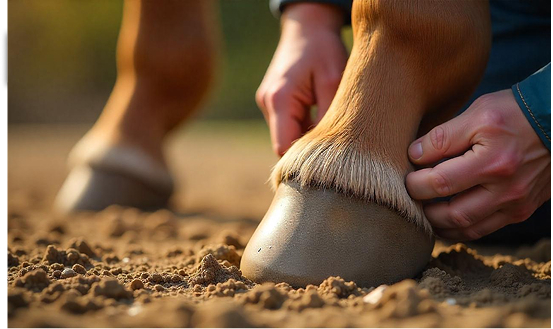
Did you know that laminitis affects an estimated 1.5% to 34% of horses worldwide, making it as common as colic and just as life-threatening? This painful condition, caused by inflammation within the hoof, can cripple a horse in a matter of hours, leaving them unable to walk and in unbearable pain. The worst part? Many horse owners don’t recognize the early warning signs until it’s too late.
However, laminitis doesn’t have to be a death sentence. With the right care and quick action, you can manage laminitis effectively and give your horse the best chance at a pain-free life. So, what should you look for to protect your horse from this common yet serious ailment?
1) What is Laminitis?
Laminitis is a serious and painful condition affecting a horse’s hooves, often leading to lameness and long-term damage if not treated promptly. To understand why it’s so dangerous, let’s take a closer look at what happens inside the hoof when laminitis strikes.
(I) How Laminitis Affects the Hoof
Inside each hoof, there’s a coffin bone (distal phalanx, or P3) that is held in place by thousands of tiny, interlocking tissues called laminae. These laminae act like they are keeping the bone securely attached to the inner hoof wall while supporting the horse’s weight.
When laminitis occurs:
- The laminae become inflamed and weakened, reducing their ability to hold the coffin bone in place.
- Blood flow to the hoof is disrupted, further damaging tissues and increasing inflammation.
- In severe cases, this can cause the coffin bone to rotate or sink within the hoof, leading to extreme pain.
(II) Why Does It Cause Pain and Lameness?
Horses with laminitis experience intense pain because the hoof is a rigid structure. There’s nowhere for swelling to go, which increases pressure inside the hoof capsule. As the laminae become worse, the horse struggles to bear weight, leading to lameness, reluctance to move, and the classic “rocked back” stance.
2) Common Causes & Risk Factors
%20Common%20Causes%20%26%20Risk%20Factors.jpg)
A lot of factors can trigger laminitis, and understanding these can help in prevention and management.
(I) Dietary Triggers
- Overconsumption of Rich Grass: Horses grazing on lush pastures, especially during spring, can ingest high levels of non-structural carbohydrates (NSCs). This sudden influx can disrupt the gut's microbial balance, leading to toxin release. This can trigger laminitis.
- Grain Overload: Accidental access to large amounts of grain or concentrated feeds can overwhelm the digestive system. The rapid fermentation of these carbohydrates produces lactic acid, altering gut pH and causing endotoxin release, which can cause laminitis.
(II) Metabolic Disorders
- Equine Metabolic Syndrome (EMS): Insulin resistance, obesity, and regional fat deposits characterize EMS. Horses with EMS have a heightened risk of laminitis due to their impaired ability to regulate blood sugar levels.
- Pituitary Pars Intermedia Dysfunction (PPID or Cushing’s Disease): PPID affects the pituitary gland, leading to hormonal imbalances. One consequence is “increased cortisol production”, which can predispose horses to laminitis.
(III) Mechanical Stress
- Uneven Weight Distribution: Injuries or conditions causing a horse to favor one limb can lead to excessive weight bearing on the opposite limb. This added stress can compromise the laminae, increasing the risk of laminitis.
- Prolonged Standing on Hard Surfaces: Horses kept on hard or unyielding surfaces for extended periods may experience continuous hoof trauma. This constant pressure can damage the laminae, making them more vulnerable to inflammation.
3) Signs and Symptoms: How to Recognize Laminitis
Early recognition of laminitis is essential to protecting your horse's health. Here's how to track its development:
(I) Early Warning Signs
- Reluctance to Move: Your horse may seem hesitant to walk, especially on hard or uneven surfaces.
- Subtle Lameness: A shortened stride or a tendency to favor certain limbs, which might be mistaken for minor injuries.
- Heat in Hooves: Elevated hoof temperature persists for hours, indicating inflammation.
- Shifting Weight: Noticeable weight shifting between feet while standing as if trying to find a comfortable position.
- Strong Digital Pulse: A bounding pulse in the fetlock area, suggesting increased blood flow due to inflammation.
(II) Advanced Symptoms
- “Sawhorse” Stance: The horse stands with front legs stretched forward and hind legs positioned under the body to alleviate hoof pressure.
- Visible Hoof Changes: Alterations in hoof shape, such as a widened white line or unusual growth rings, may become evident.
- Difficulty Walking: Severe lameness, with the horse showing marked discomfort when moving or turning.
(III) Chronic Laminitis Indicators
- Hoof Rings: Visible rings around the hoof wall, signaling previous laminitis episodes.
- Dropped Soles: A flattening or bulging of the sole, resulting from structural changes within the hoof.
- Radiographic Changes: X-rays may reveal rotation or sinking of the coffin bone, confirming chronic laminitis.
4) Emergency First Aid for Laminitis
%20Emergency%20First%20Aid%20for%20Laminitis.jpg)
When laminitis strikes, acting fast can significantly affect your horse’s recovery. The goal is to relieve pain, minimize damage, and stabilize the condition until veterinary care arrives.
(I) Move the Horse to Soft, Level Ground
Standing on hard or uneven surfaces worsens hoof pain and inflammation. If possible, move your horse to a deeply bedded stall with sand, peat moss, or soft shavings. This helps distribute weight evenly and reduces strain on the laminae. A well-padded outdoor area with dry, forgiving footing is the next best option if a stall isn't available.
More for you to know about best footing: Is mason sand or concrete sand best for horse arenas
(II) Apply Cold Therapy Immediately
Studies suggest that submerging the hooves in ice water (keeping temperatures between 41–50°F or 5–10°C) for at least 48 hours in the early stages can help reduce the severity of laminitis ( according to the Royal Veterinary College). Use a bucket or a specialized hoof boot filled with ice and water, ensuring the affected hooves remain submerged.
(III) Restrict Movement
Excessive movement worsens lamellar separation, increasing the risk of permanent hoof damage. Limit walking and confine the horse to a stall or small paddock with deep bedding. Avoid forcing the horse to move unnecessarily, as even small steps can cause more harm. If transport is needed, use thick padding in the trailer and drive cautiously to prevent shifting.
Explore Related Insights: Horse trailer brands to avoid
(IV) Remove High-Sugar Feeds Immediately
If your horse is on pasture, remove them right away. Fresh grass, especially in spring and fall, can be dangerously high in sugar. Replace grain-based feeds with low-starch, low-sugar hay, preferably soaked for 30 minutes to reduce excess carbohydrates. Providing a balanced, laminitis-safe diet prevents further metabolic disruptions
Remember, these emergency measures help stabilize your horse, but they’re only the first step. Call your veterinarian as soon as possible to assess the severity and develop a long-term treatment plan.
5) Veterinary Diagnosis & Treatment
When laminitis is suspected, getting a quick veterinary evaluation is essential to confirm the diagnosis and initiate appropriate treatment.
(I) Diagnostic Procedures
- Clinical Examination: The veterinarian will assess your horse's stance, gait, and hoof temperature.
- Radiographs (X-rays): Imaging is used to evaluate the position of the coffin bone within the hoof and to assess any structural changes.
- Endocrine Testing: Blood tests may be conducted to identify underlying metabolic disorders, such as Equine Metabolic Syndrome (EMS) or Pituitary Pars Intermedia Dysfunction (PPID), which can lead to horse laminitis.
(II) Medical Treatments
- Pain Management: Nonsteroidal anti-inflammatory drugs (NSAIDs) are commonly administered to alleviate pain and reduce inflammation.
- Hoof Support: Specialized shoeing, padding, or corrective trimming may be employed to provide support and minimize further damage to the hoof structures.
- Dietary Modifications: Implementing a low-sugar, low-starch diet is crucial to manage insulin levels and prevent exacerbation of the condition.
(III) Long-Term Recovery Plan
Successful rehabilitation from laminitis requires a collaborative approach:
- Veterinarian: Oversees medical treatment and monitors progress.
- Farrier: Provides corrective trimming and shoeing to support hoof recovery.
- Nutritionist: Develops a tailored diet plan to manage weight and metabolic health.
Regular follow-ups and open communication among the care team are vital to ensure the best possible outcome for your horse.
6) Long-Term Management & Prevention
%20Long-Term%20Management%20%26%20Prevention.jpg)
Managing and preventing laminitis requires a comprehensive approach that focuses on diet, hoof care, weight management, and controlled grazing.
(I) Dietary Adjustments
Implementing a low-starch, high-fiber diet is essential for horses prone to laminitis. Nonstructural carbohydrates (NSCs), which include sugars and starches, can trigger laminitis episodes. Opt for hay that is low in NSCs, ideally containing less than 10% of these carbohydrates. Soaking hay before feeding can further reduce its sugar content. Avoid grain-based feeds and lush pastures, especially during periods when grasses are high in NSCs.
(II) Regular Hoof Care
Consistent hoof maintenance is vital. Schedule frequent trimmings with a qualified farrier to maintain proper hoof balance and alignment. Corrective shoeing or the use of supportive pads may be recommended to alleviate pressure on sensitive areas and promote healing. Regular hoof inspections can help detect early signs of laminitis or other issues.
More for you: paddock boots vs riding boots
(III) Weight and Exercise Management
Maintaining an optimal body condition is crucial, as obesity increases the risk of laminitis. Implement a controlled exercise regimen, and horse training techniques tailored to your horse's condition and fitness level. Regular, moderate exercise can improve insulin sensitivity and aid in weight management. However, avoid sudden changes in activity levels, and consult with your veterinarian to develop a safe and effective exercise plan.
(IV) Pasture Management
Manage grazing to control high-NSC grass intake. Limit pasture access from late morning to evening when NSC levels rise. Turn out in the early morning (3 a.m. to 10 a.m.) when NSC is lower. Use a grazing muzzle to restrict intake, and avoid pastures that have been recently frosted, as cold stress increases NSC levels.
Bottom Line
Laminitis is a serious condition, but with early recognition and swift action, you can make all the difference in your horse’s recovery and long-term well-being. After you spot any warning signs, manage diet and weight carefully, and work closely with your vet and farrier to prevent this painful condition from taking hold. Your horse relies on you for care; being proactive can spare them unnecessary suffering. If you ever notice even subtle changes in their movement or behavior, don’t wait. Consult your veterinarian immediately.
For expert insights on equine health, training tips, and horse care strategies, keep visiting Super Equestrian. After all, a well-informed rider makes for a healthier, happier horse.
Recent Blogs
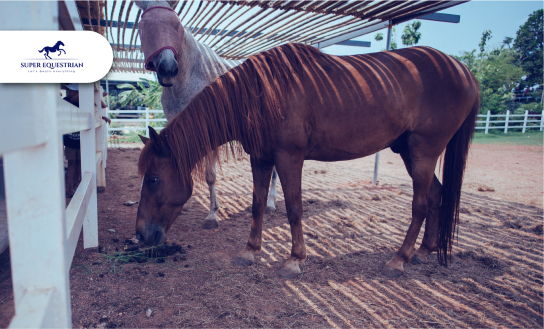
Common Equine Diseases and How ...
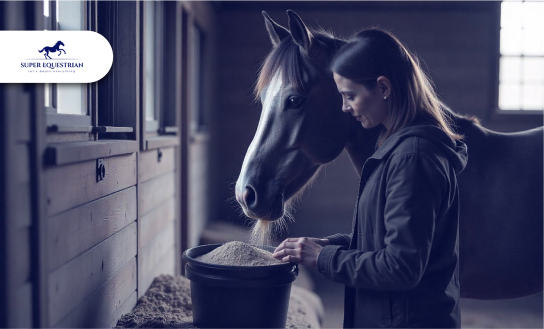
Equine Health Supplements: What Every ...
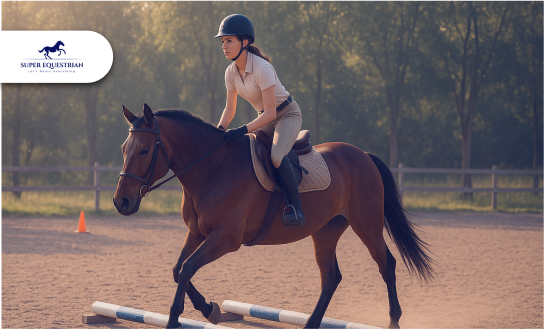
Jumping Basics: How to Prepare ...
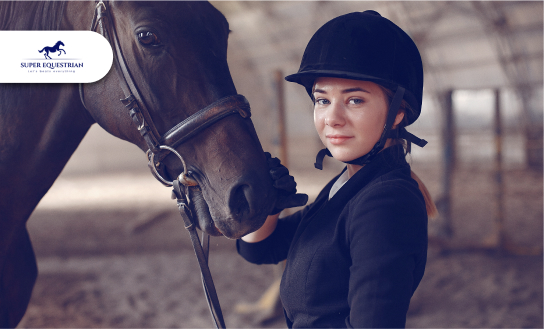
Essential Horse Riding Gear for ...
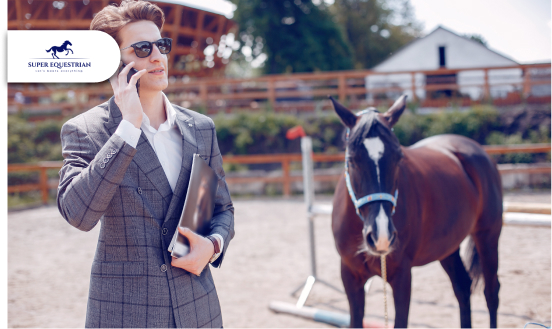
How to Balance Work, Life, ...

How to Balance Work, Life, ...
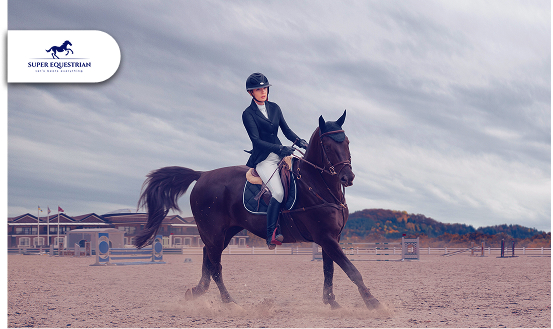
Top 5 Exercises to Improve ...

How to Build Confidence as ...
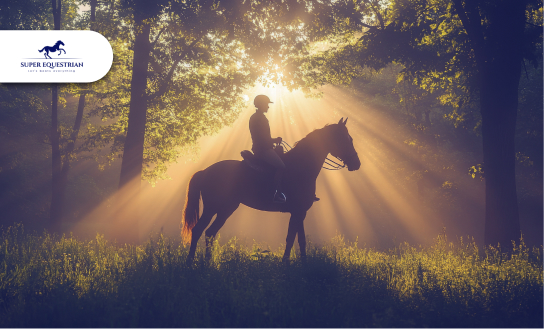
Spotlight on Equestrian Legends: Riders ...

Horse Auctions and Sales...

Top Horse Friendly Travel Destinations ...

How to Build Stronger Bonds ...

Upcoming Horse Shows and Competitions ...
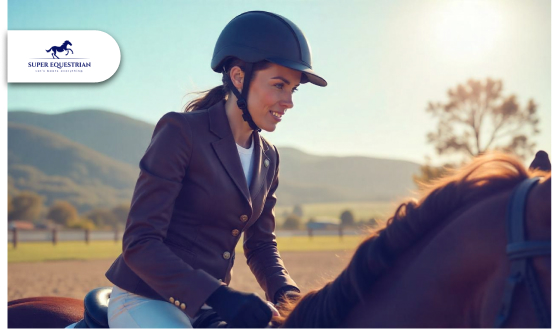
MIPS Equestrian Helmet The Future ...

How to Recognize and Treat ...
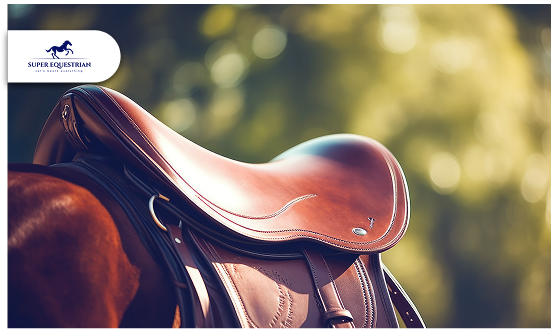
How to Choose the Perfect ...
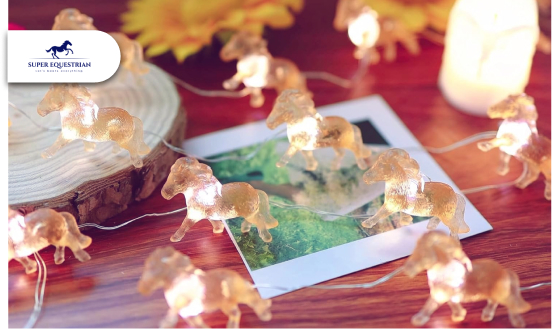
Horse-Themed Gifts Unique Ideas ...
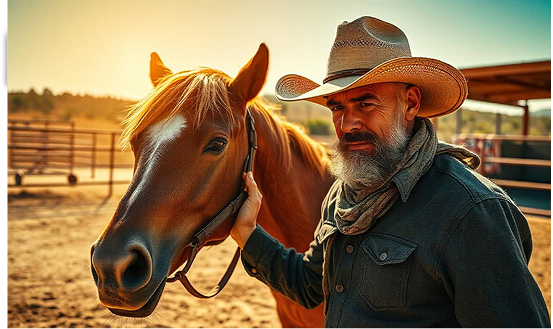
Horse Training Techniques: Creating A ...
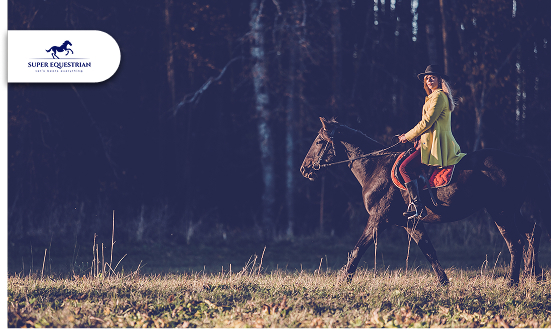
Horseback Riding Lessons – Everything You ...
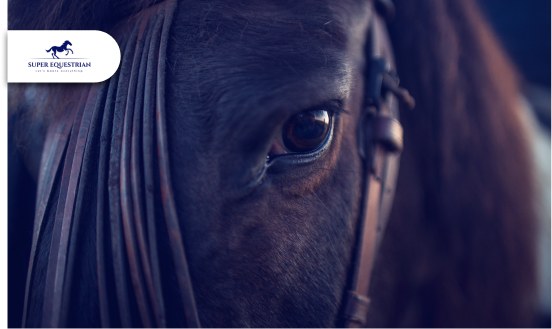
Horse Photography Tips: Learn the ...
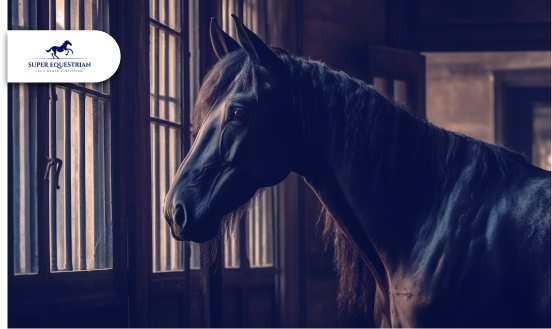
Horse Stable Management: The Quiet ...
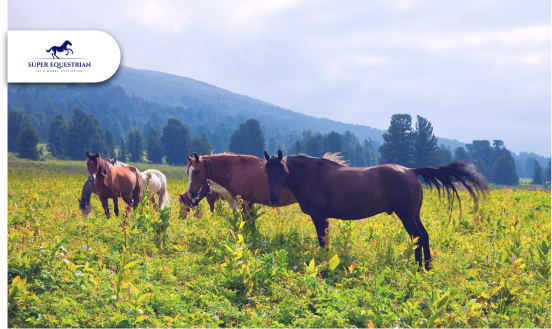
Horse Rescue Organizations: A Profound ...
Horse Racing Events A Look ...
Best Horse Manure Fork Six ...
What Are The Rarest Horses ...
What Does It Mean When ...
Horse Insurance Providers This Is ...

Horse Behaviour and Psychology: Learn ...

How Much Does a Horse ...
.jpg)
Best Monoflap Saddles For Your ...
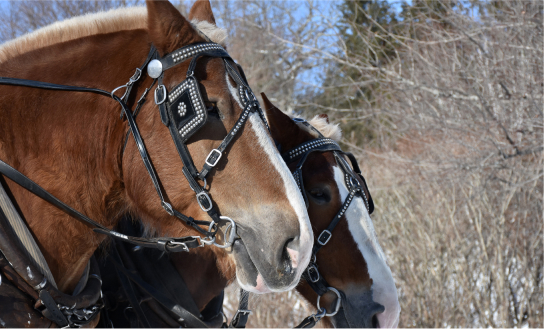
Best Hackamore For Barrel Racing...
.jpg)
Best Barrel Racing Reins Top ...
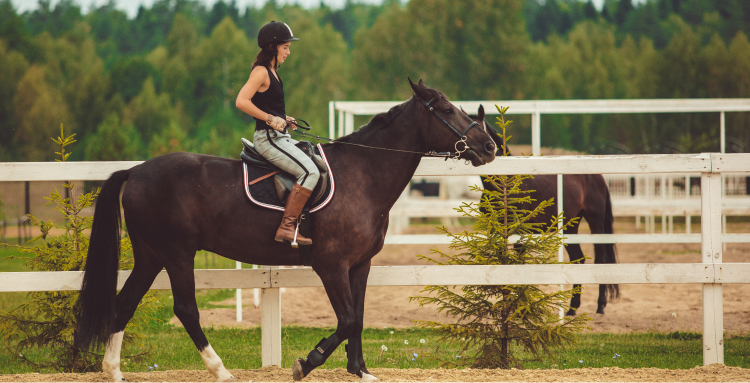
Horse Anatomy And Physiology: Facts ...
.jpg)
Best Stirrups For Ankle Pain - ...
.jpg)
Horse Care Tips and Tricks: ...
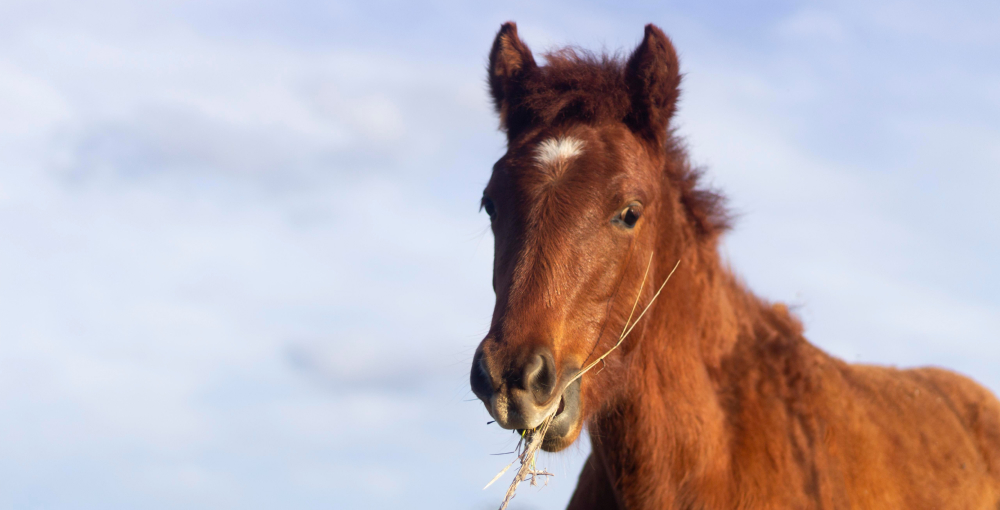
What Do Wild Horses Eat- ...
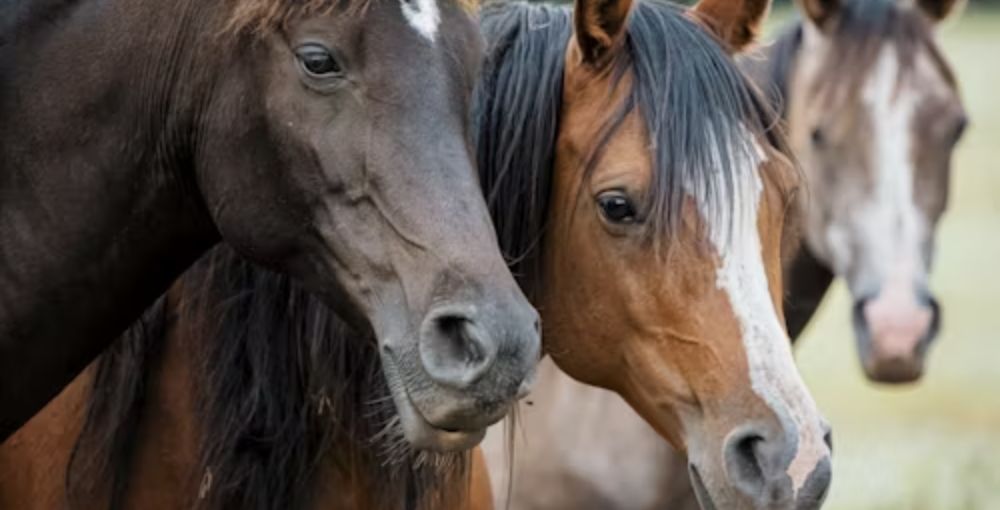
Horse Breeds and Characteristics: How ...
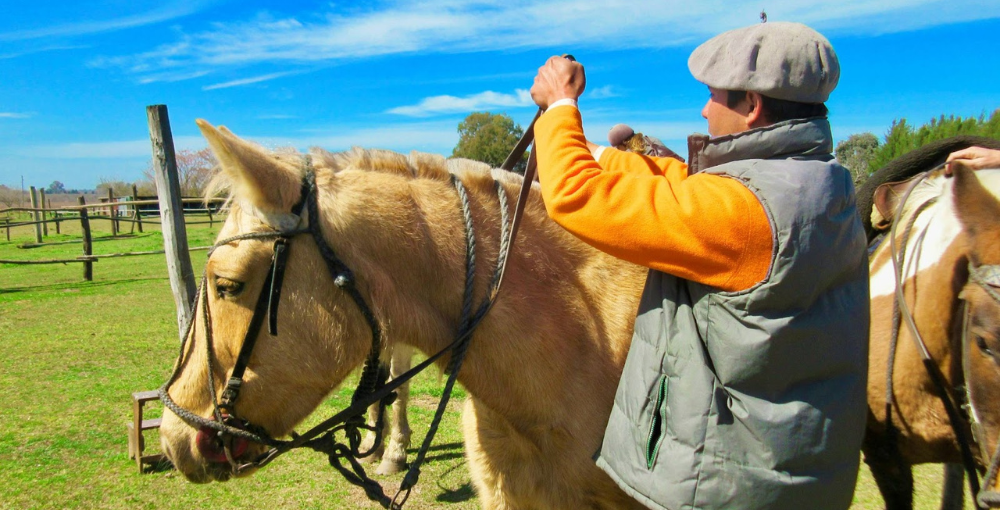
Best Barrel Racing Reins - Top ...

Horse Breeds and Characteristics: How ...

Best Breeches For Curvy Riders...
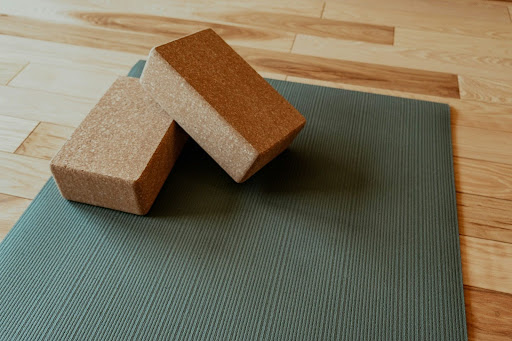
Best Stall Mats For Horses - ...

Best Horse Brushes ( A Thread ...

Best Saddle Rack ( Keep Your ...

Best Bit For Training a ...
.jpg)
10 Morgan Horse Show Held ...
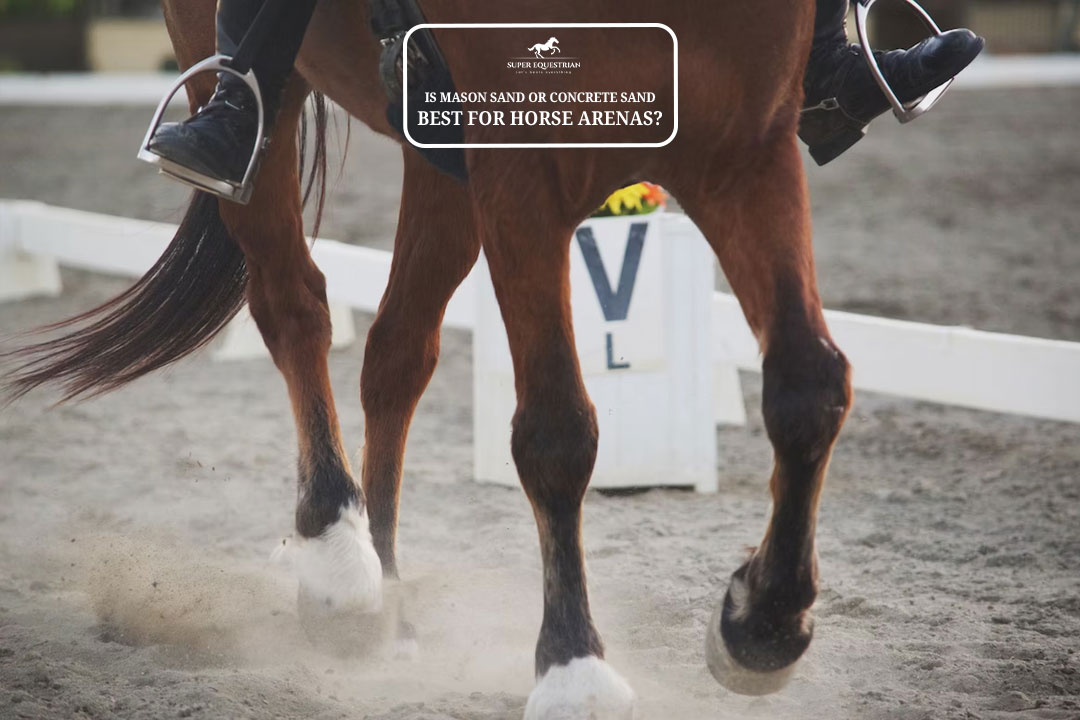
Is Mason Sand Or Concrete ...
.jpg)
Best Girth For Your Horse ...
.jpg)
Ranch Cutter vs Cowhorse Saddle? ...
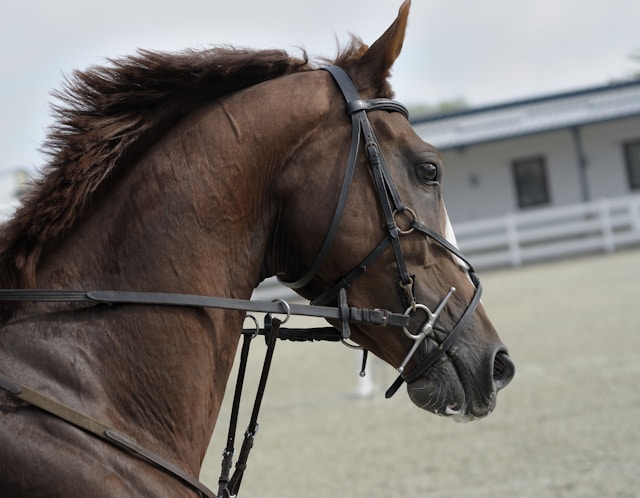
Types of Horse Bit and ...
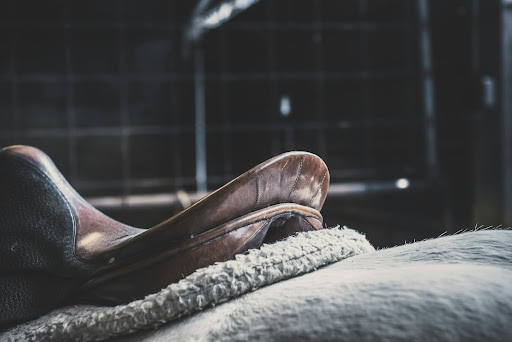
Is Hilason a Good Saddle ...
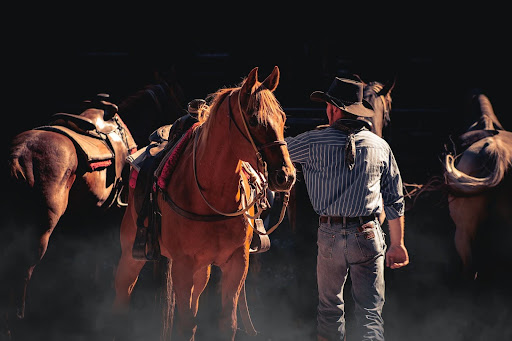
How to choose a bit ...
.jpg)
Best Salt Blocks For Horses...
.jpg)
Types of Horse Brushes (Equine ...
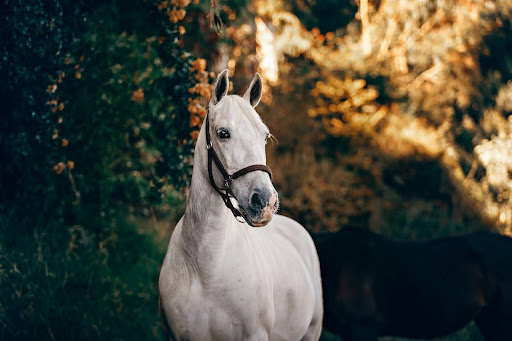
How To Get a Horse ...
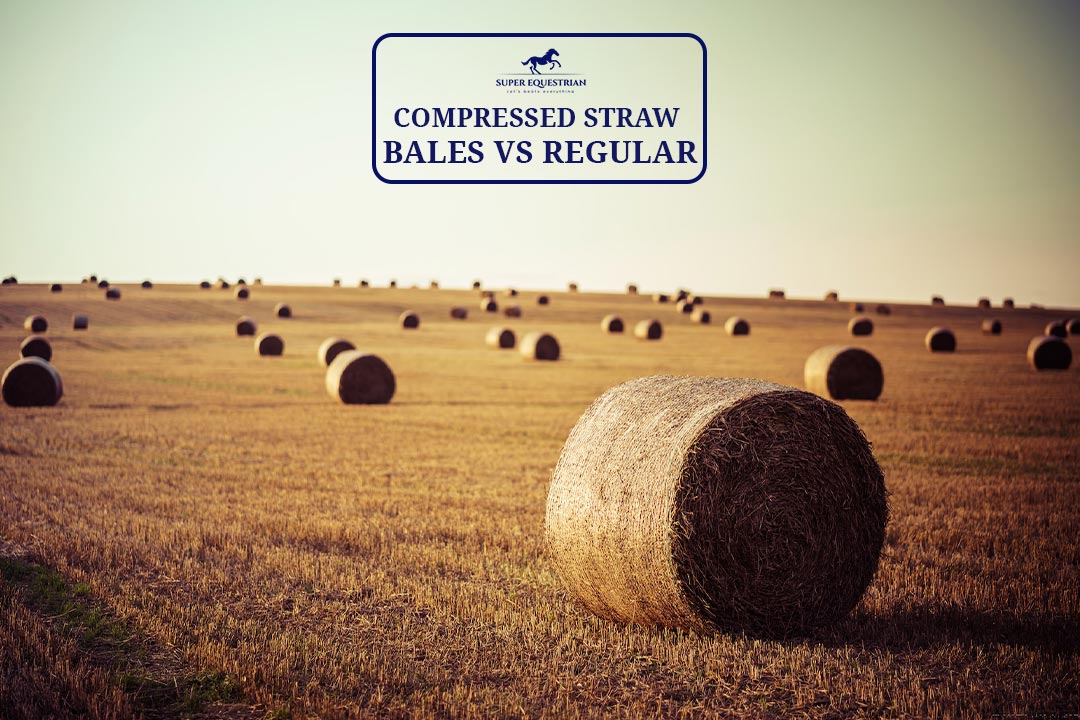
Compressed Straw Bales Vs Regular? ...
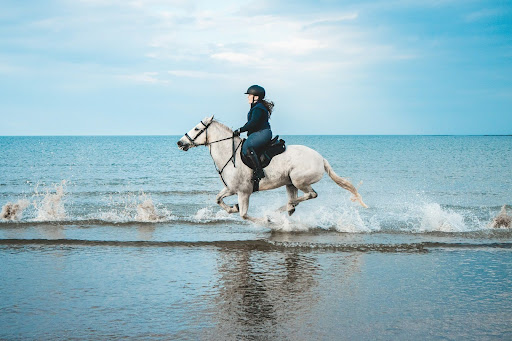
Horse Riding Lessons For Intermediate ...
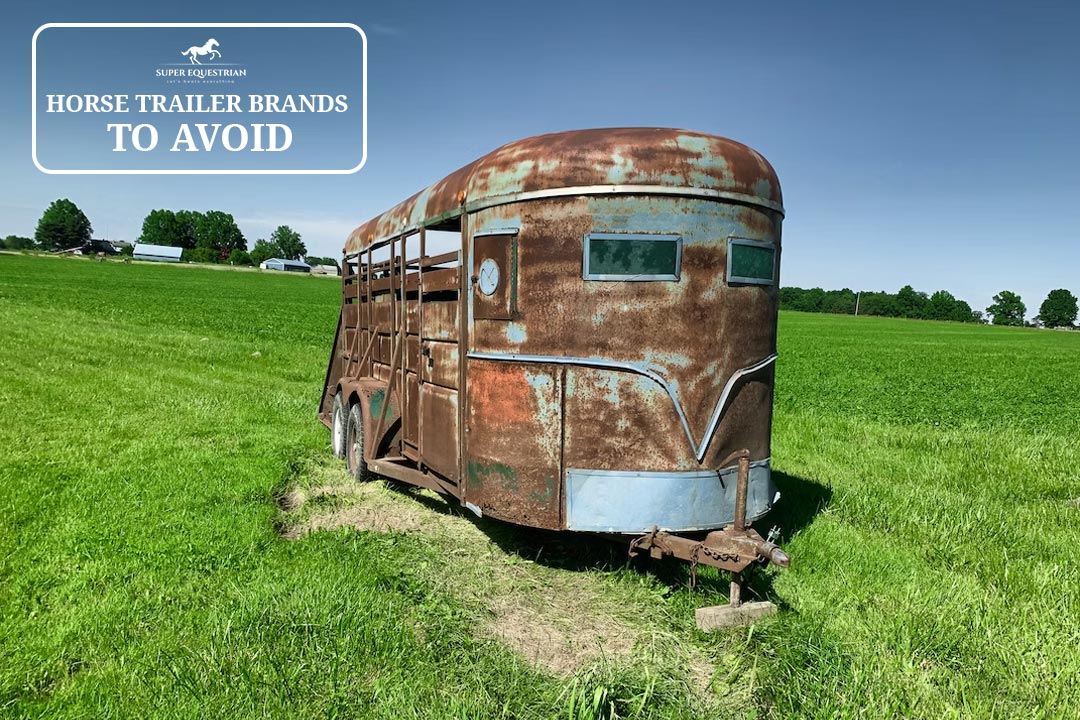
Horse Trailer Brands To Avoid...

Strawberry Roan vs Red Roan? ...
.jpg)
Gelding vs Stallion...
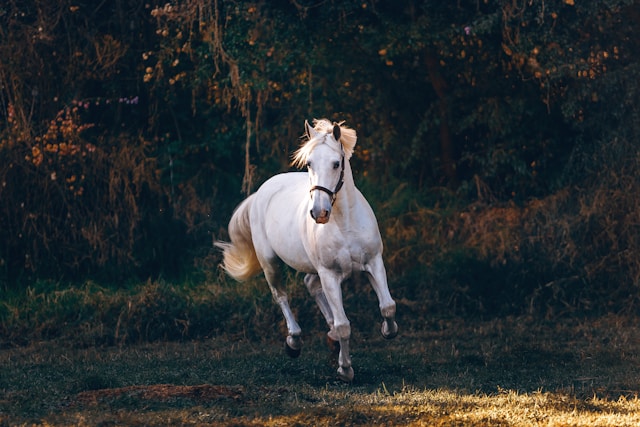
Why Does a Horse Whinny? ...
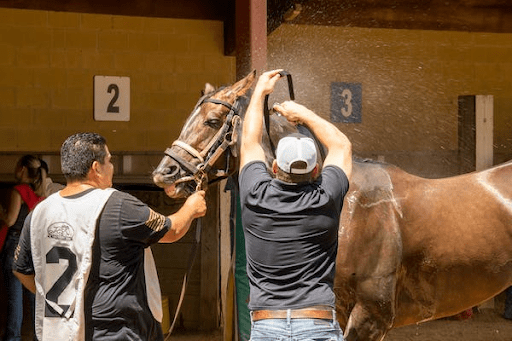
How to Clean a Rusty ...

Why Do Horses Foam at ...

Why Do Horses Bob Their ...

Nutrition Unveiled: Triple Crown Senior ...
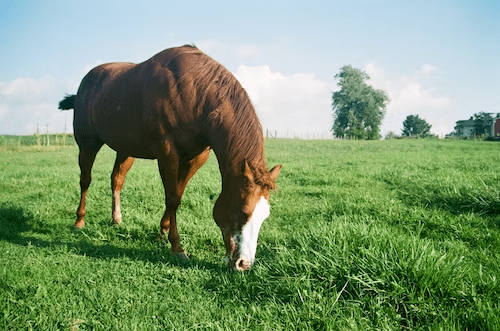
Pasture Pro Vs. Grazon: Horse-...
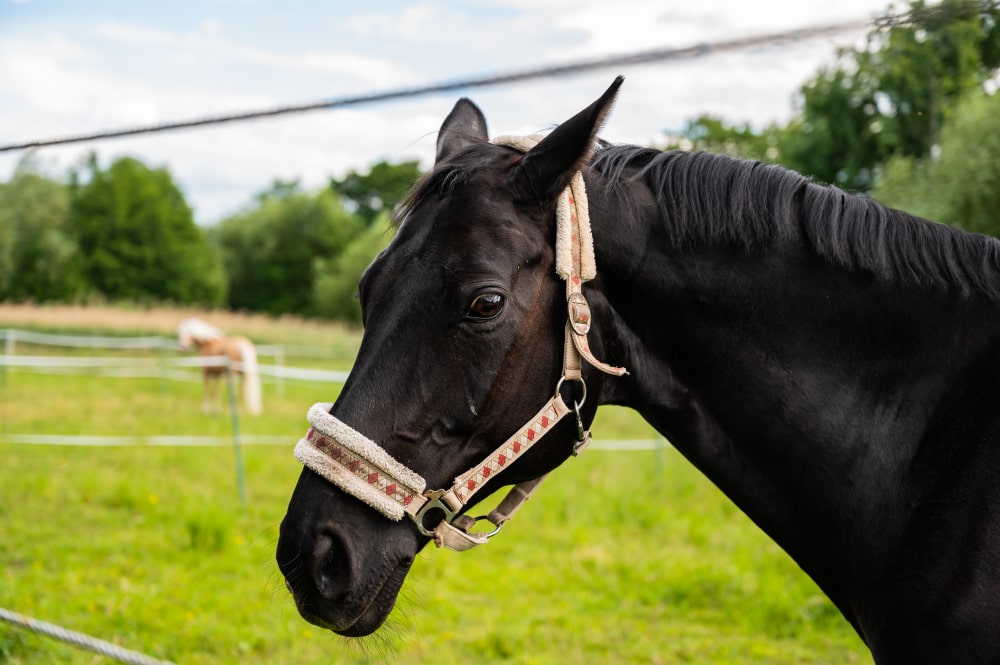
Dutch Gag Vs. Pelham: Bits ...
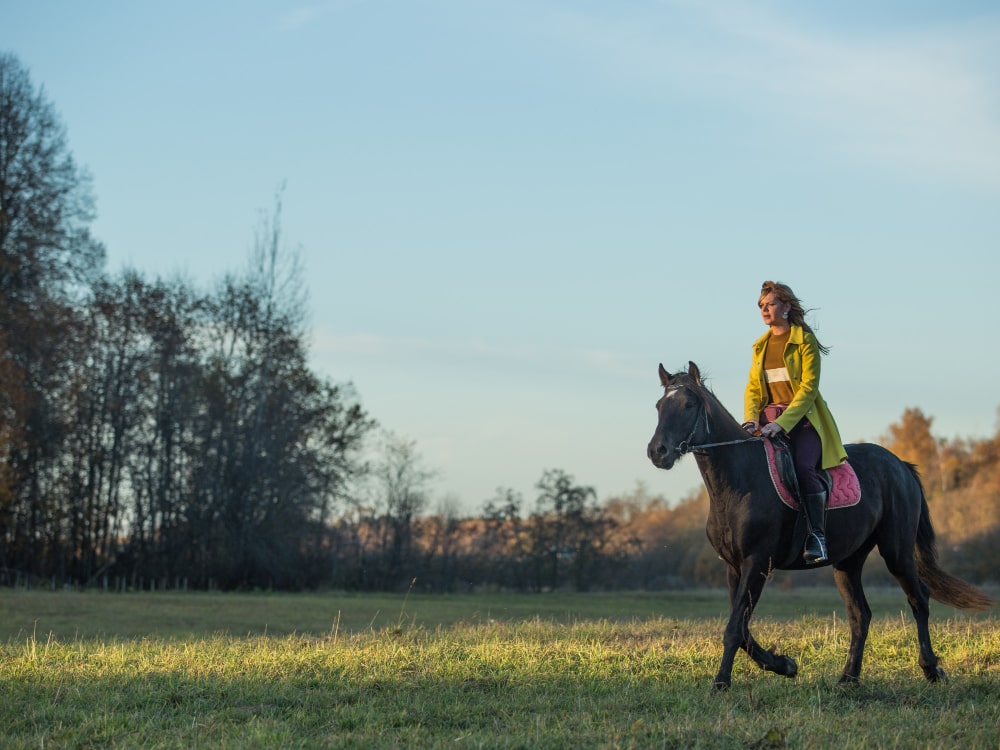
Walking Horse vs Racking Horse: ...
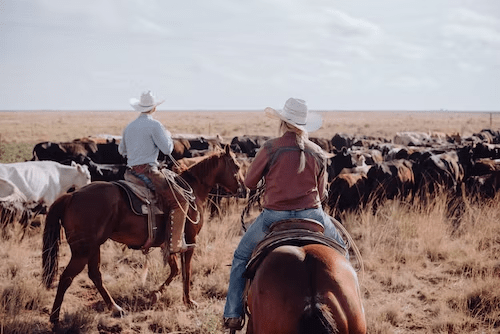
Wade vs Association Saddle: Your ...
.jpg)
Step Up vs Ramp Horse ...

Bosal vs Hackamore: A Head-...
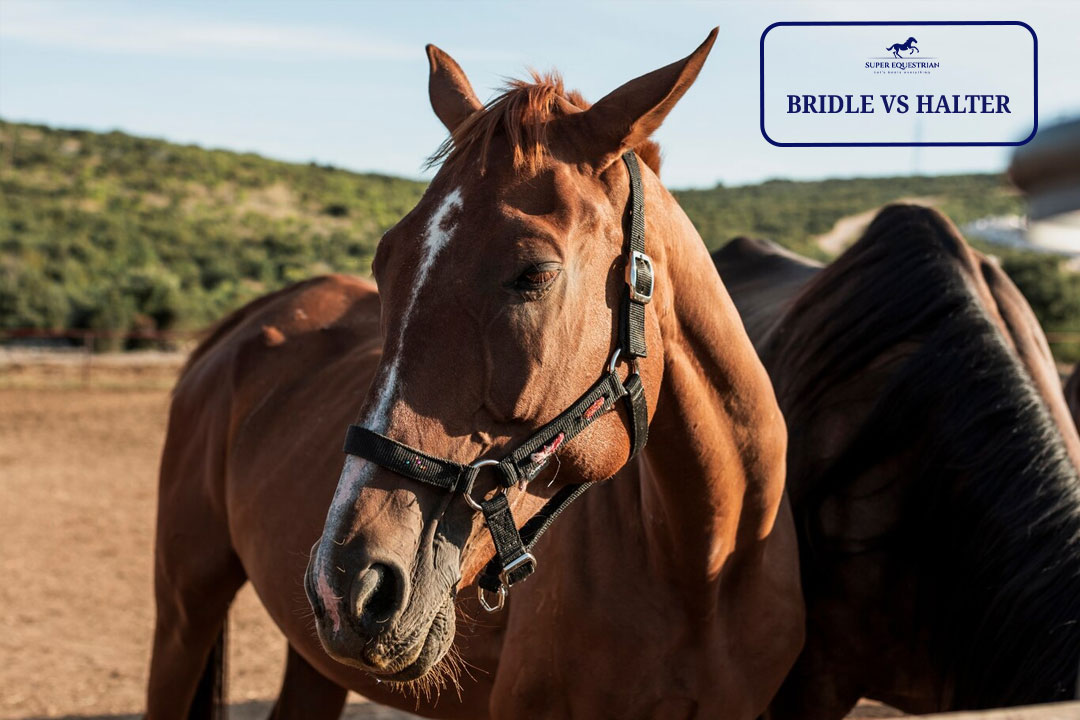
Bridle Vs Halter: Which One ...

Paddock Boots Vs Riding Boots: ...

Shadow Horse Trailer Problems: Causes, ...
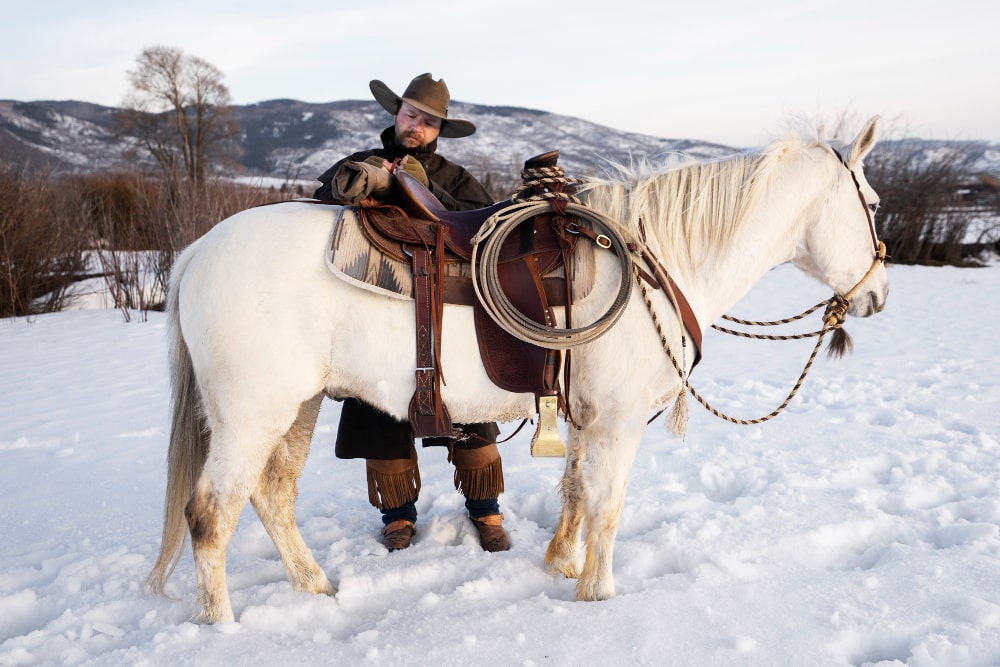
Are Billy Cook Saddles Good - ...

Let's Start at the ...
Benefits of Beet Pulp for ...
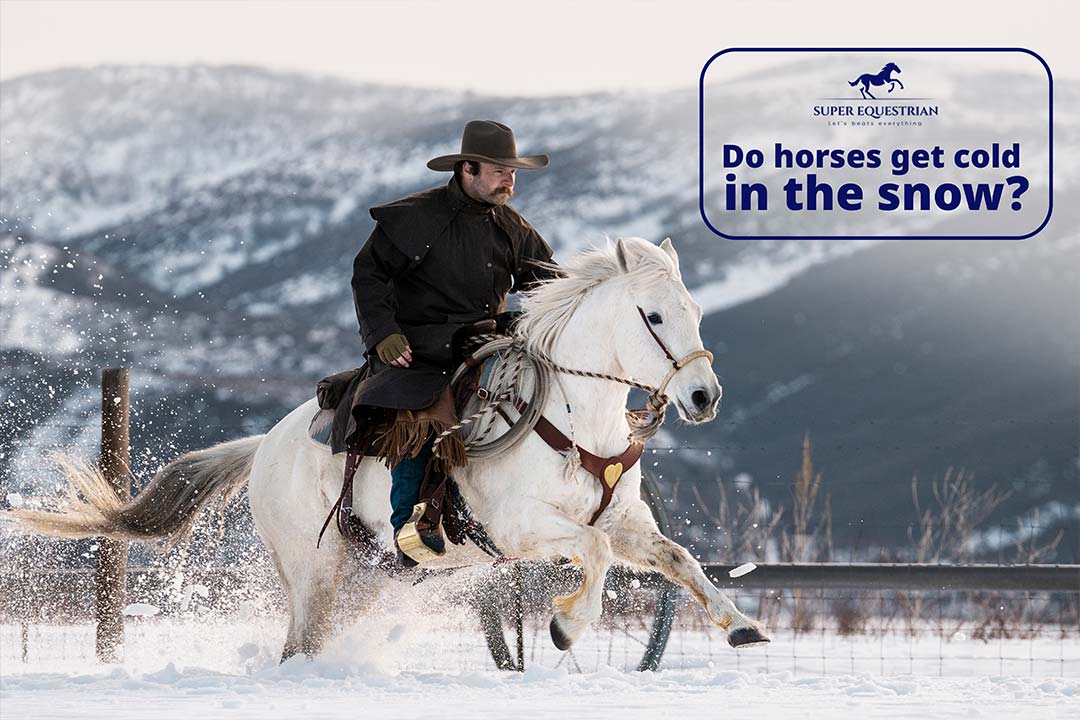
Do horses get cold in ...
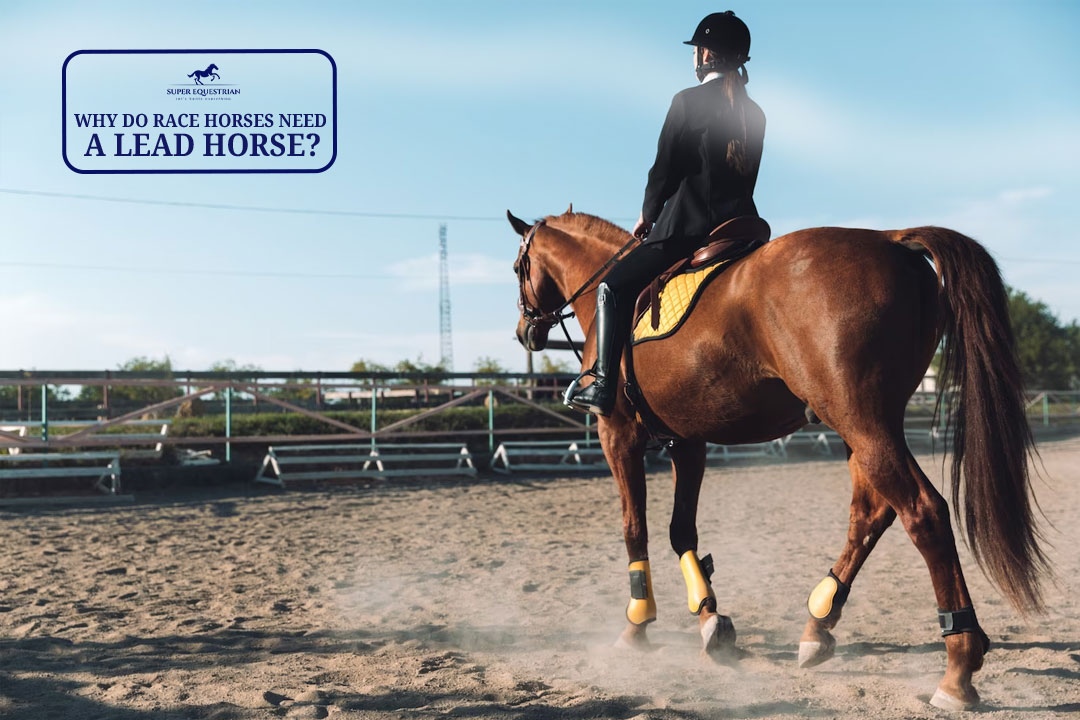
Why Do Race Horses Need ...
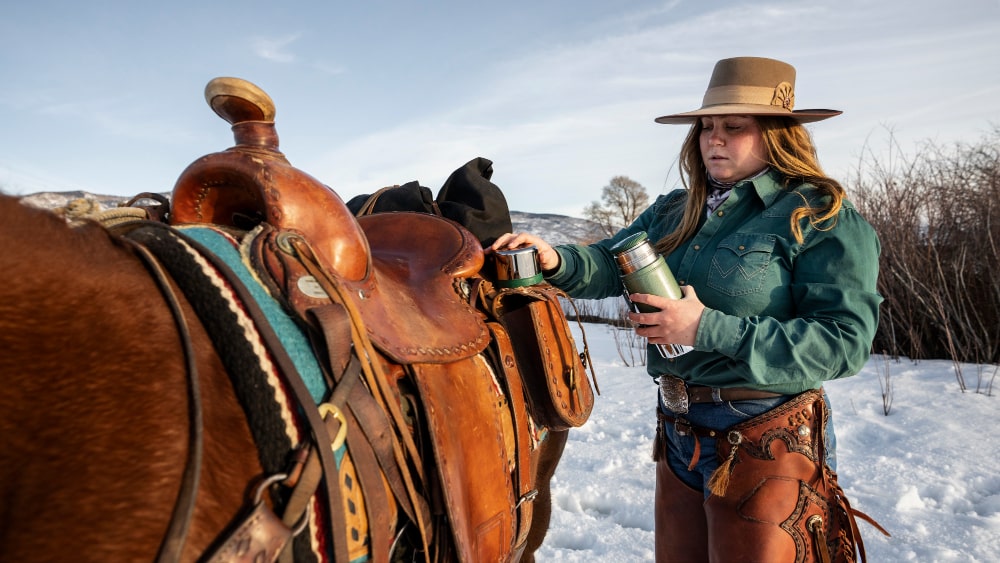
Ranch Saddle vs. Roping Saddle: ...

Round Pen vs Square Pen ...

Must Have Horse Trailer Accessories: ...
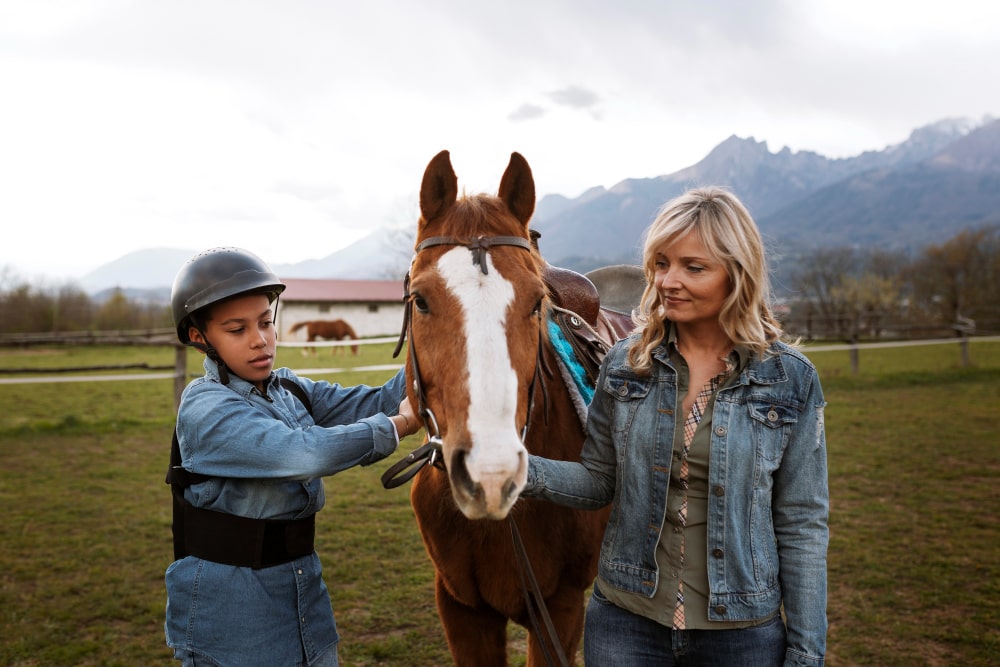
Is MIPS Worth for Equestrian?...
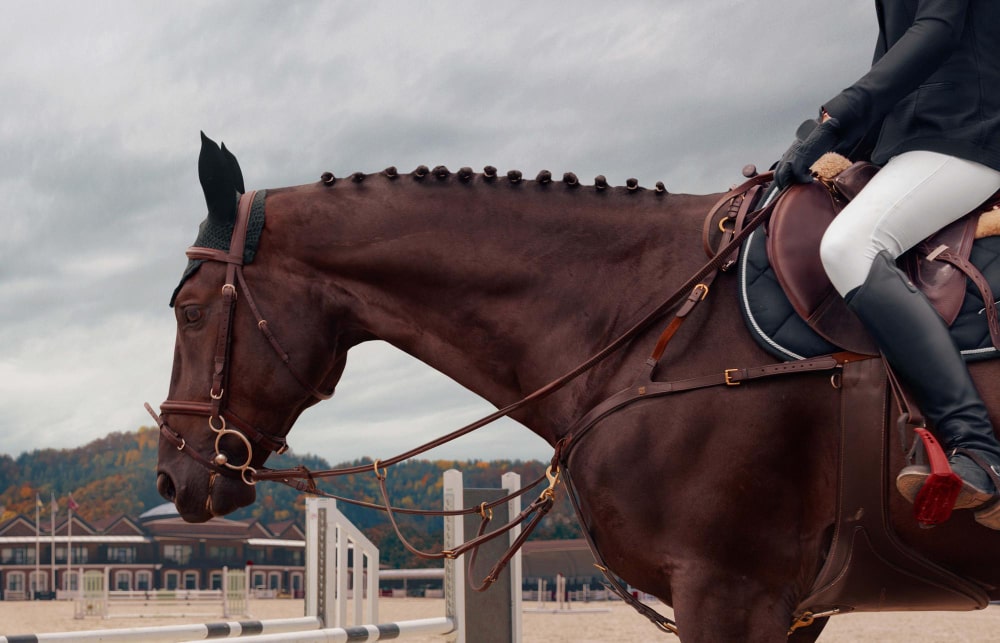
Natural Horsemanship vs Positive Reinforcement: ...

How to Mount a Horse ...
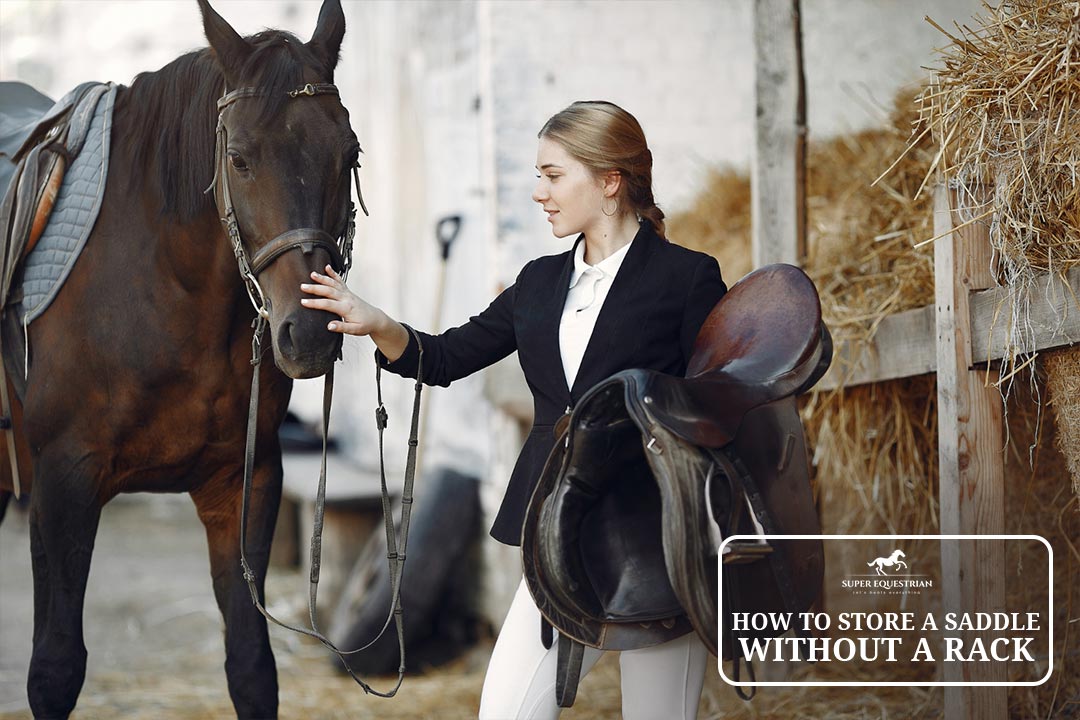
How to Store a Saddle ...
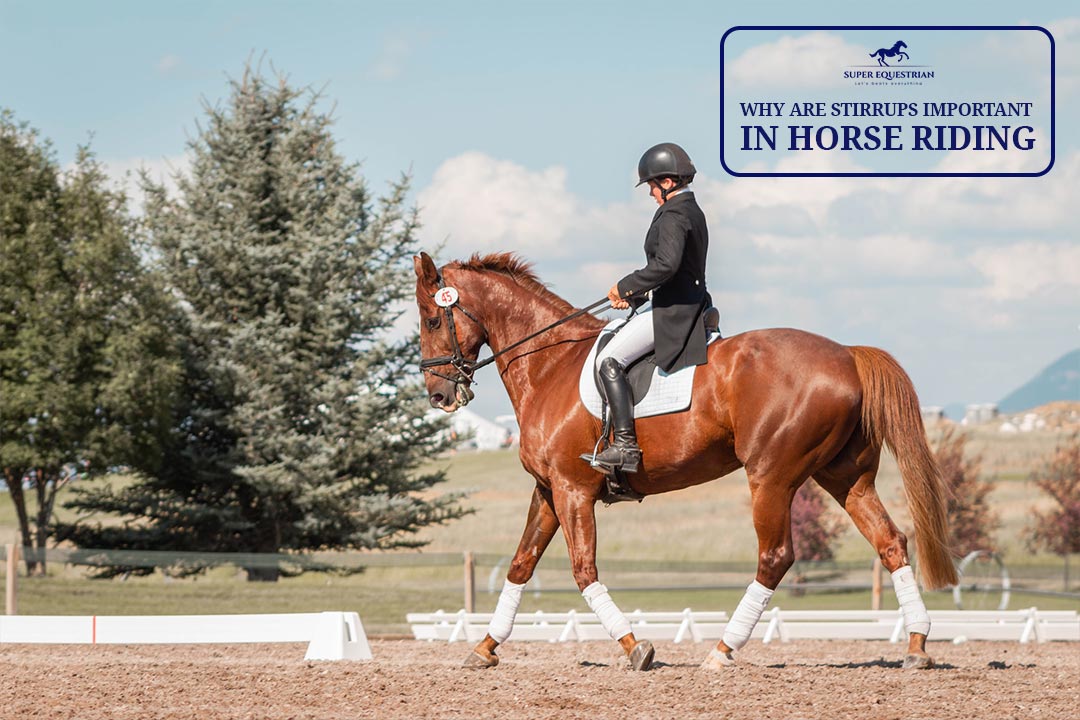
Why are Stirrups Important in ...
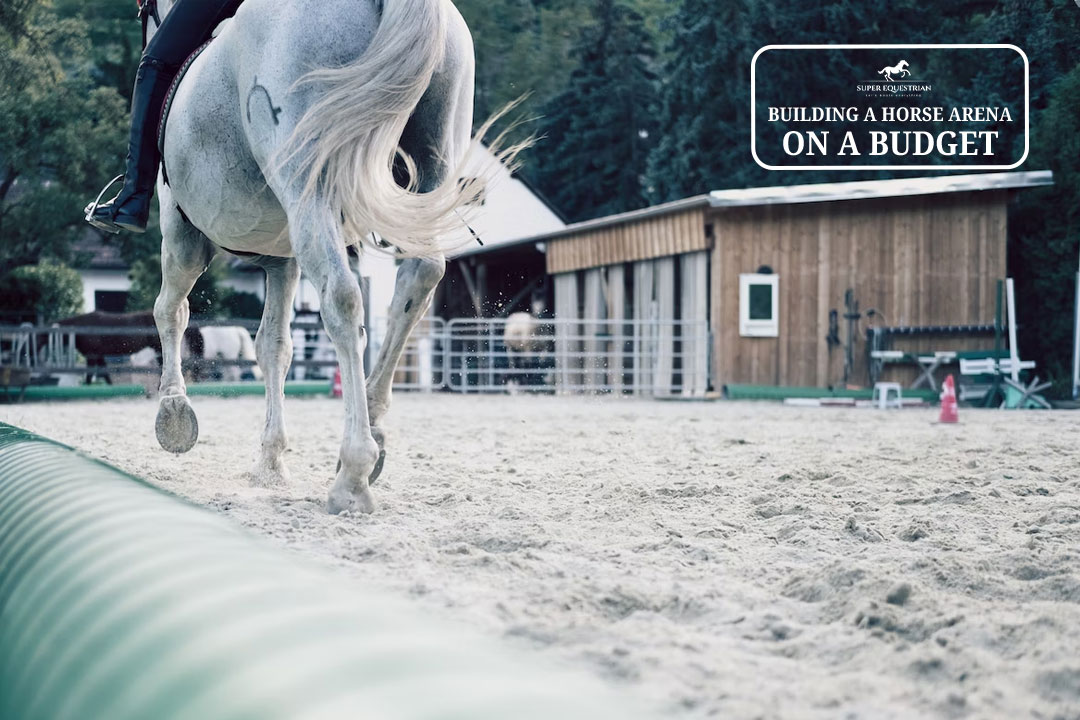
Building a Horse Arena on ...

How to Make Horse Treats ...

Order of Grooming a Horse...

Horse Riding Lessons Plan: The ...

Horse Trailer Roof Replacement and ...
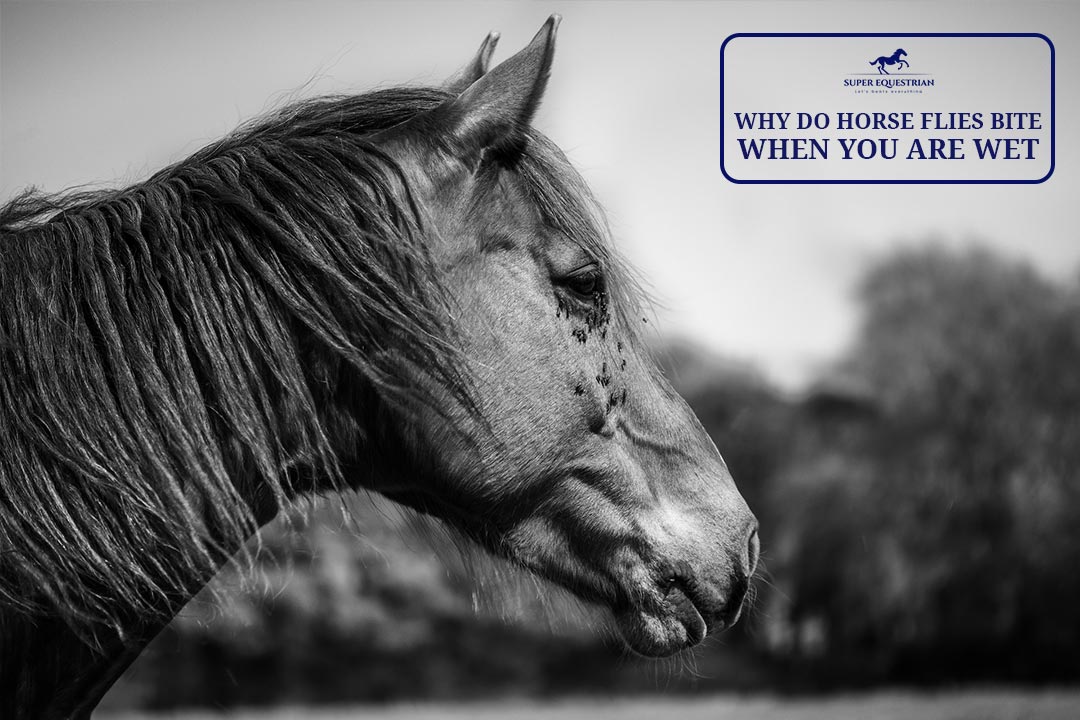
Why Do Horse Flies Bite ...

Why Do Hancock Bred Horses ...

Quarter Horse Bloodlines to Avoid...
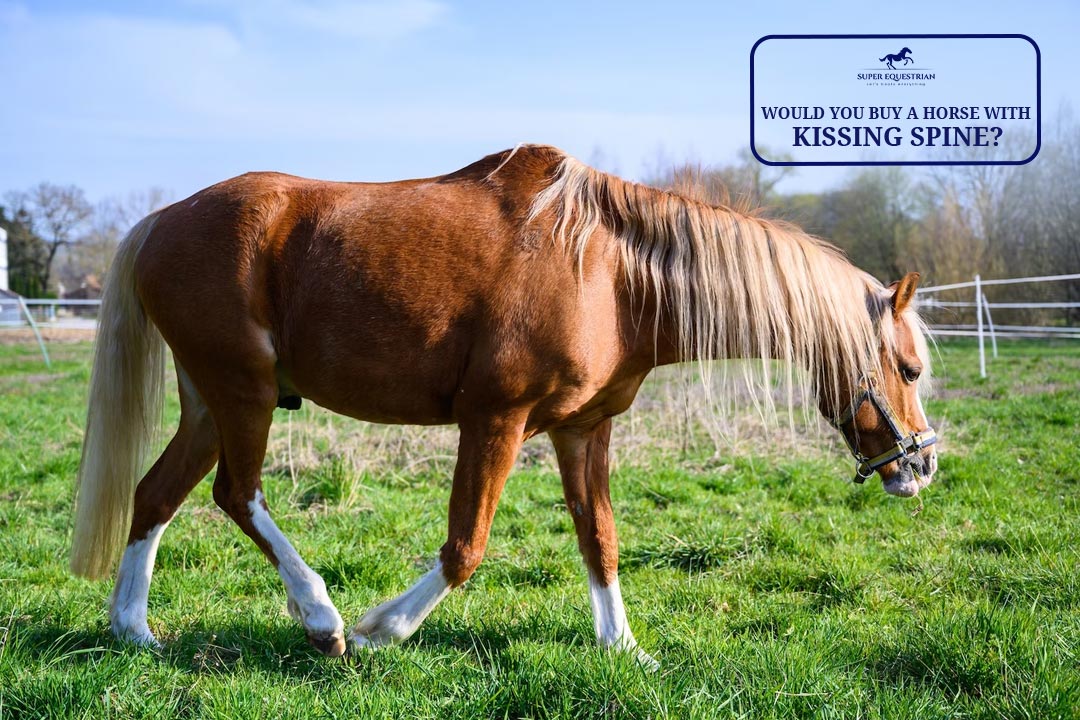
Would You Buy a Horse ...
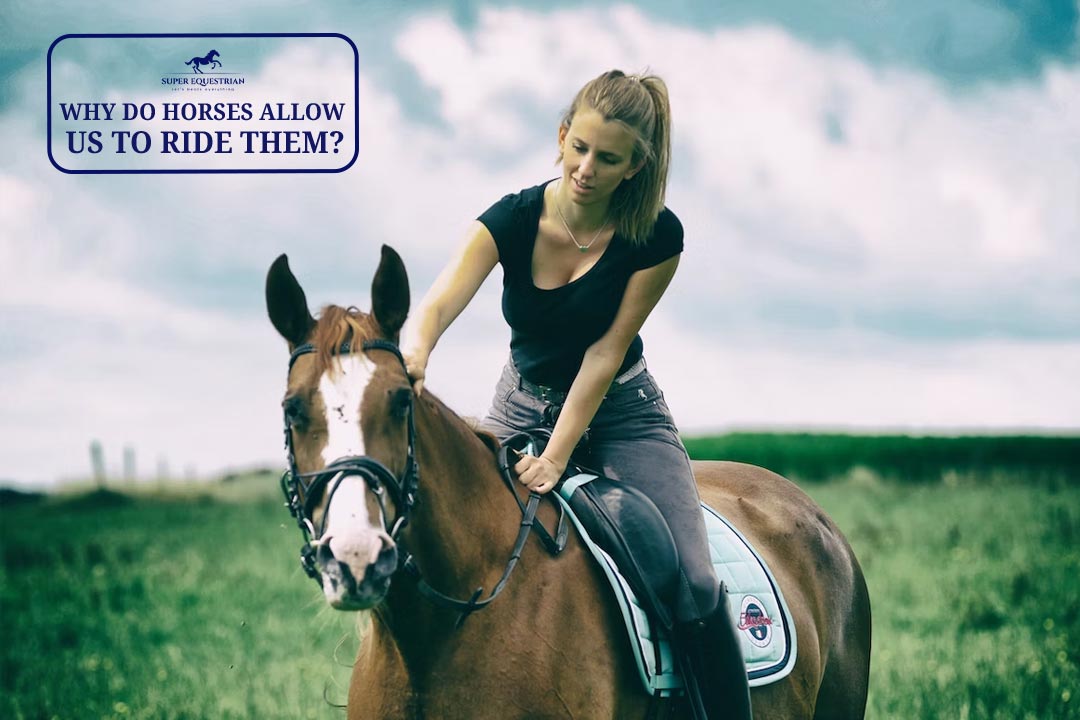
Why Do Horses Allow Us ...

Would you buy a horse ...

Why Are Klapper Bits So ...
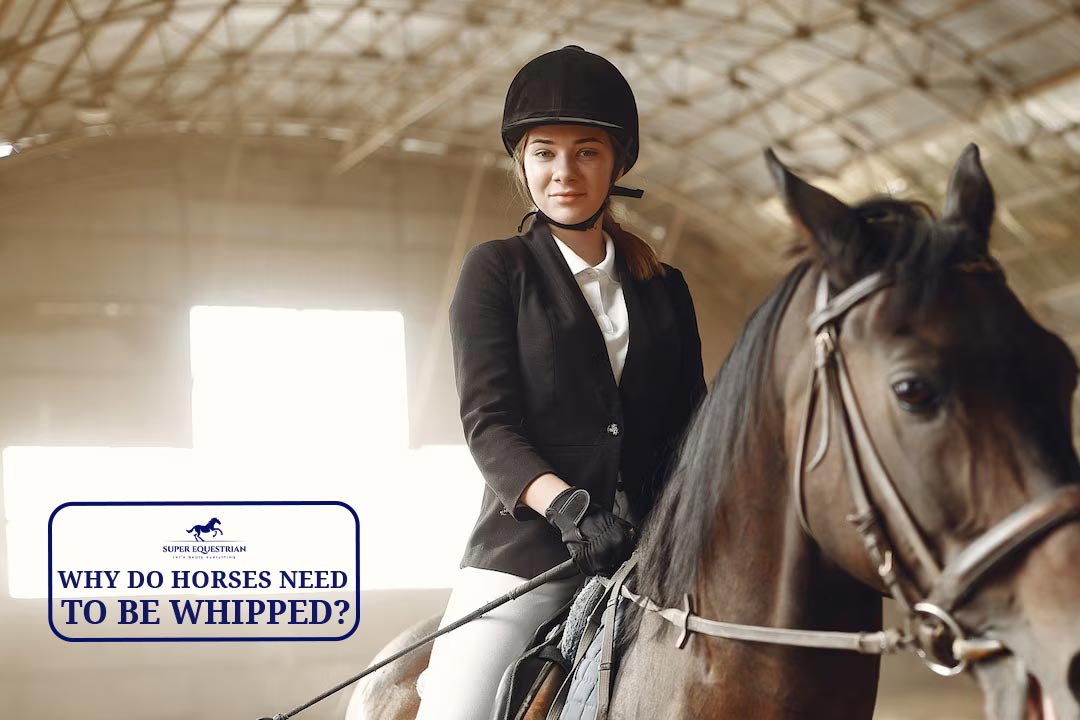
Why do horses need to ...

Why do you mount a ...
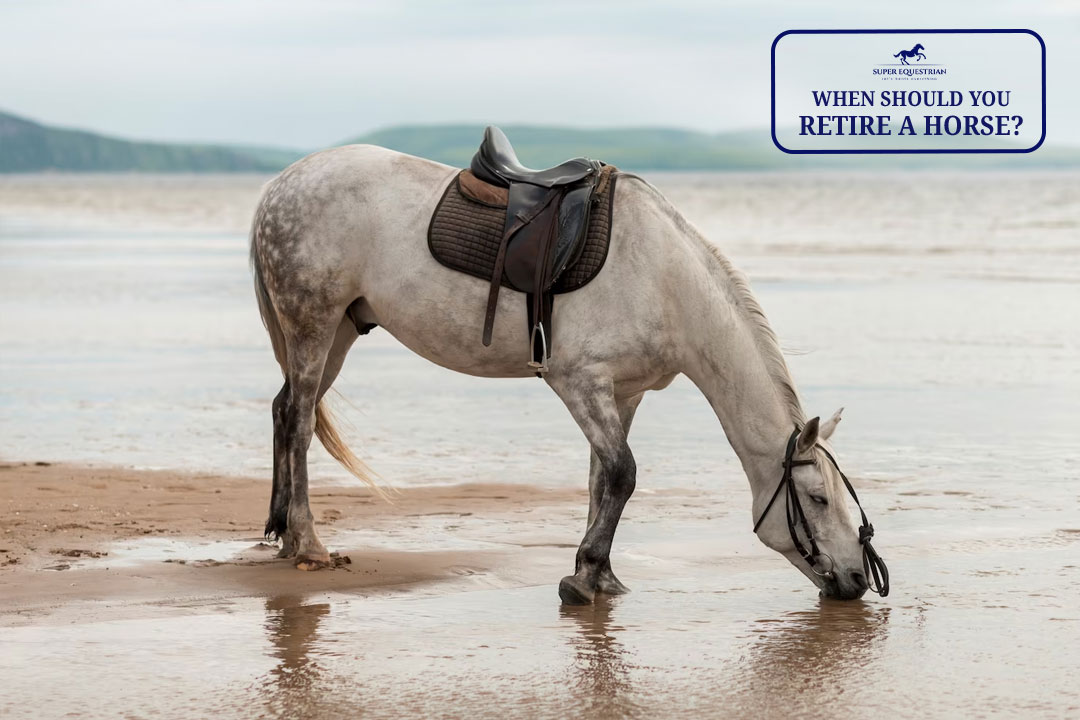
When Should You Retire A ...
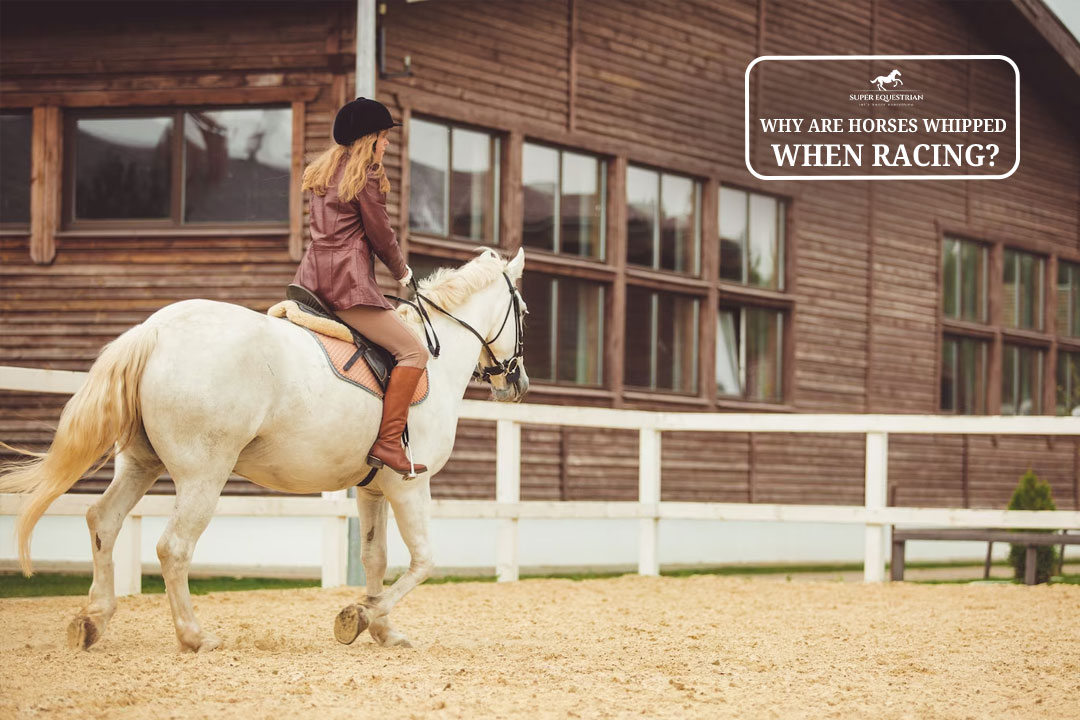
Why Are Horses Whipped When ...
.jpg)
Why Do Horses Have A ...
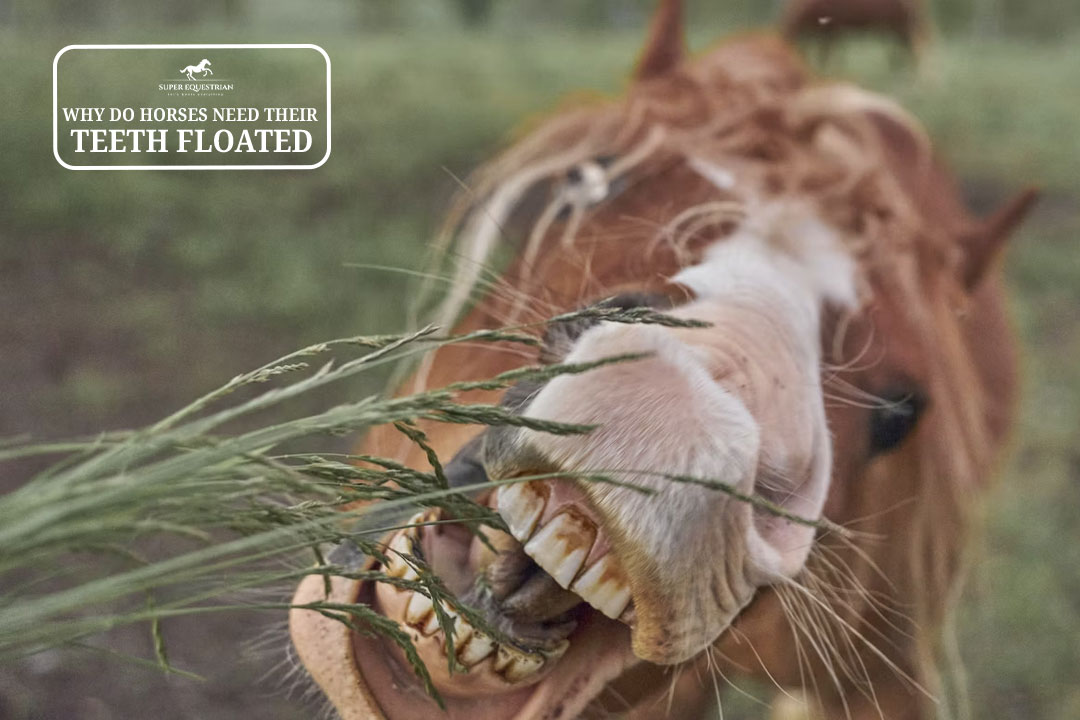
Why Do Horses Need Their ...

What To Do If Horse ...

What To Do If A ...
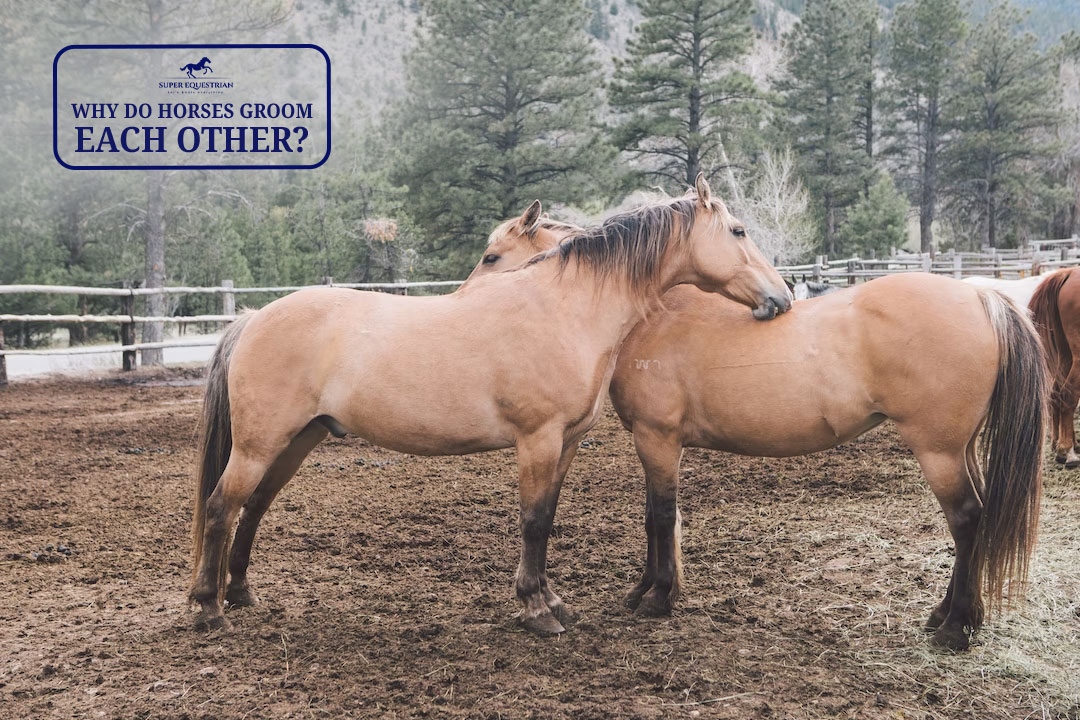
Why do horses groom each ...
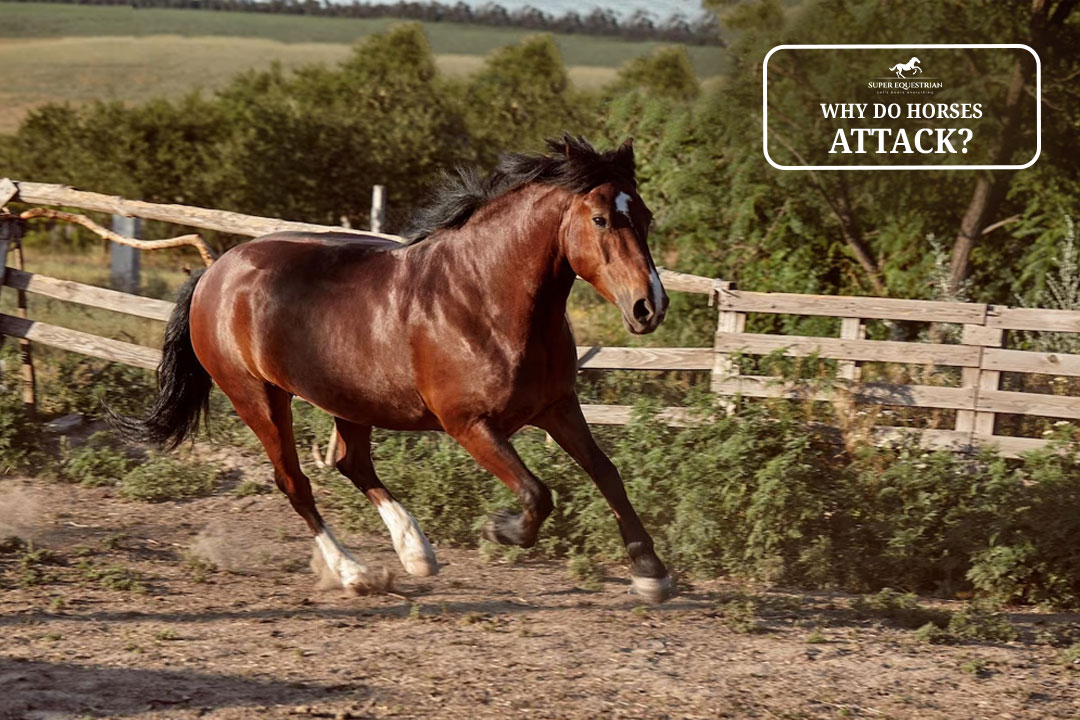
Why do horses attack...

Should I Use a Martingale ...

How to fit bell boots ...

How To Keep Horse Stalls ...
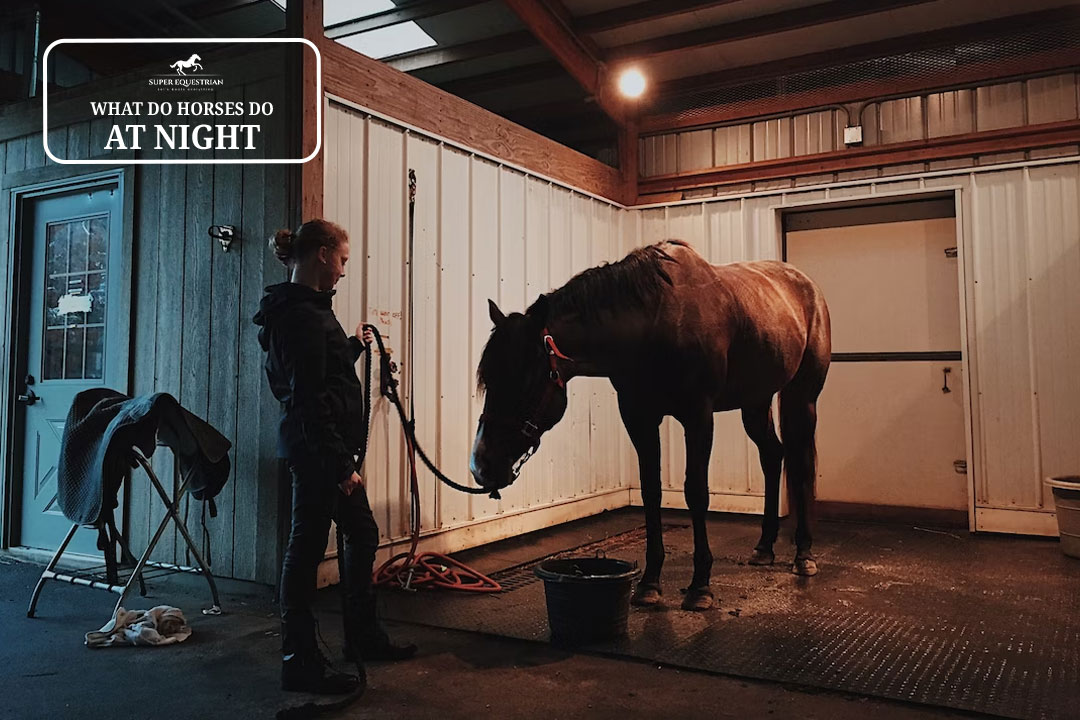
What Do Horses Do At ...
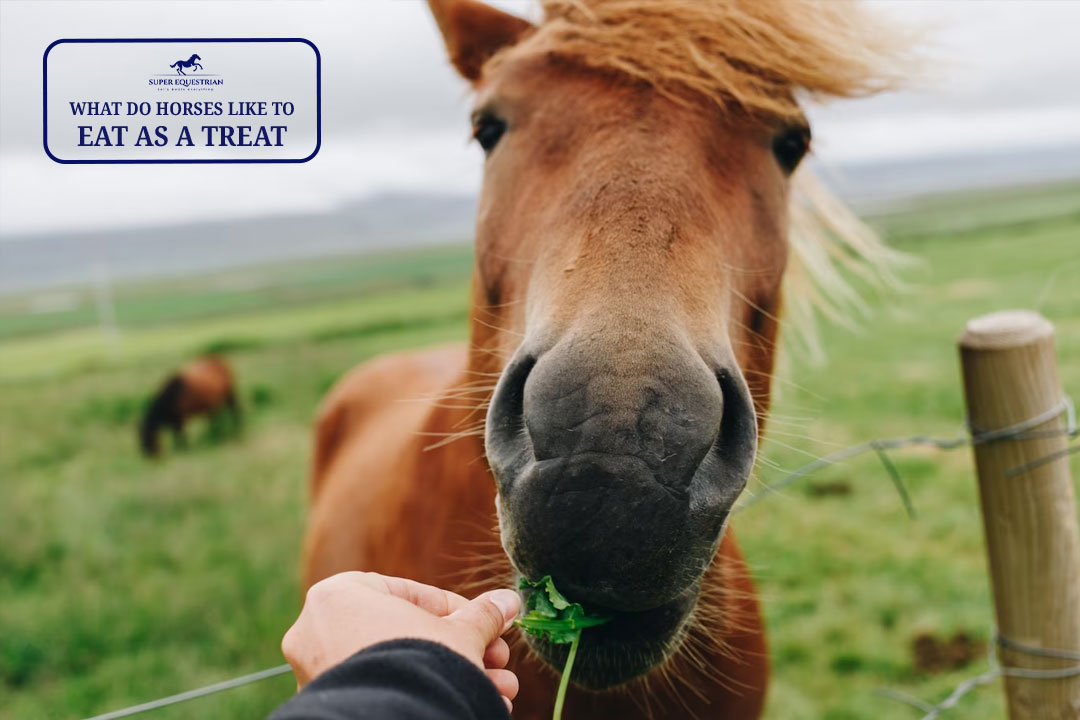
What do horses like to ...

Why do wild horses get ...
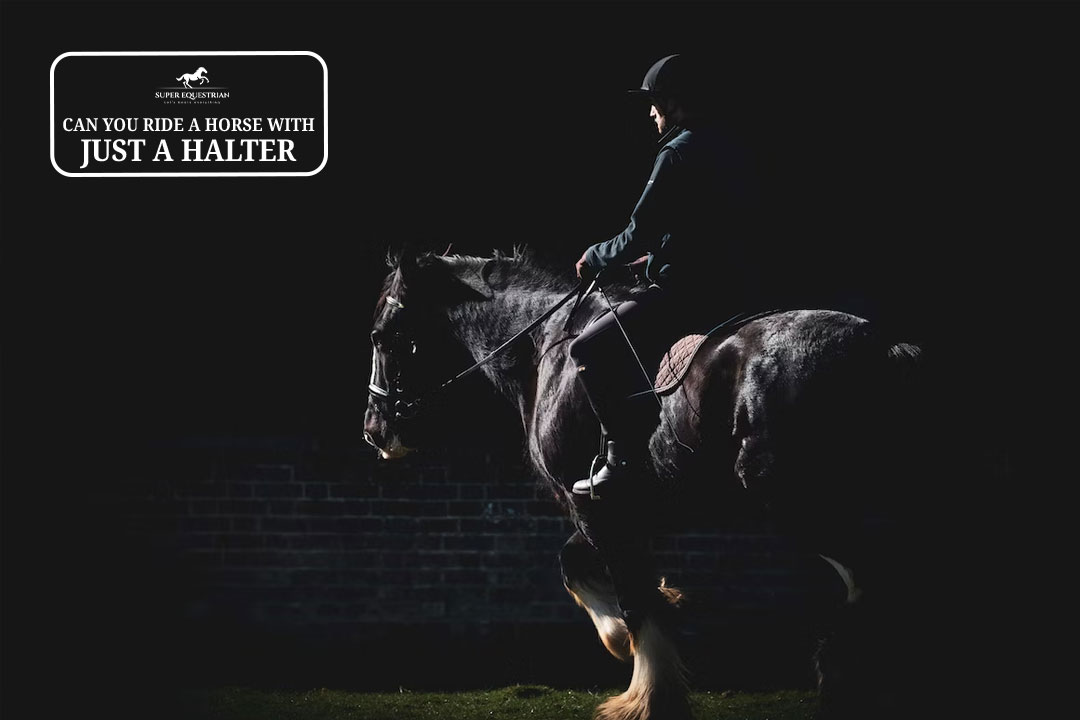
Can you ride a horse ...
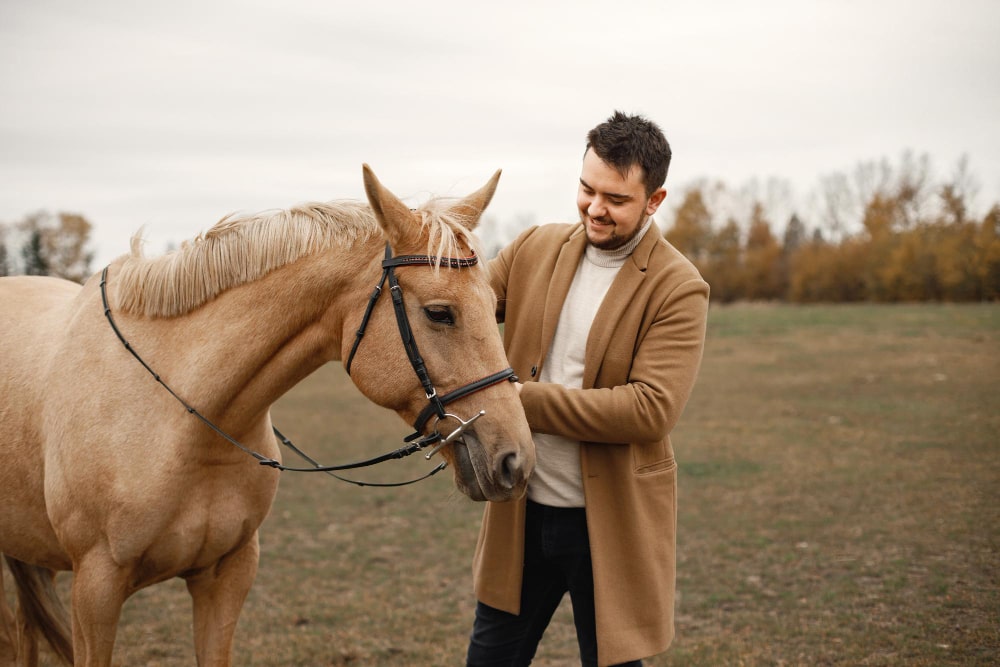
Are horses protective of their ...
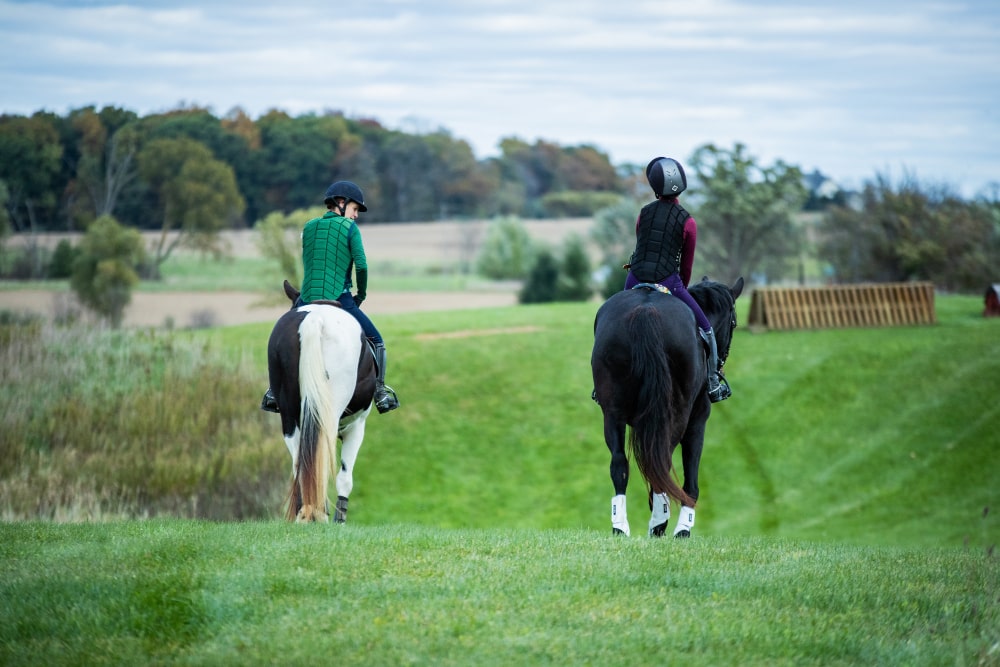
Why racking horses are popular ...
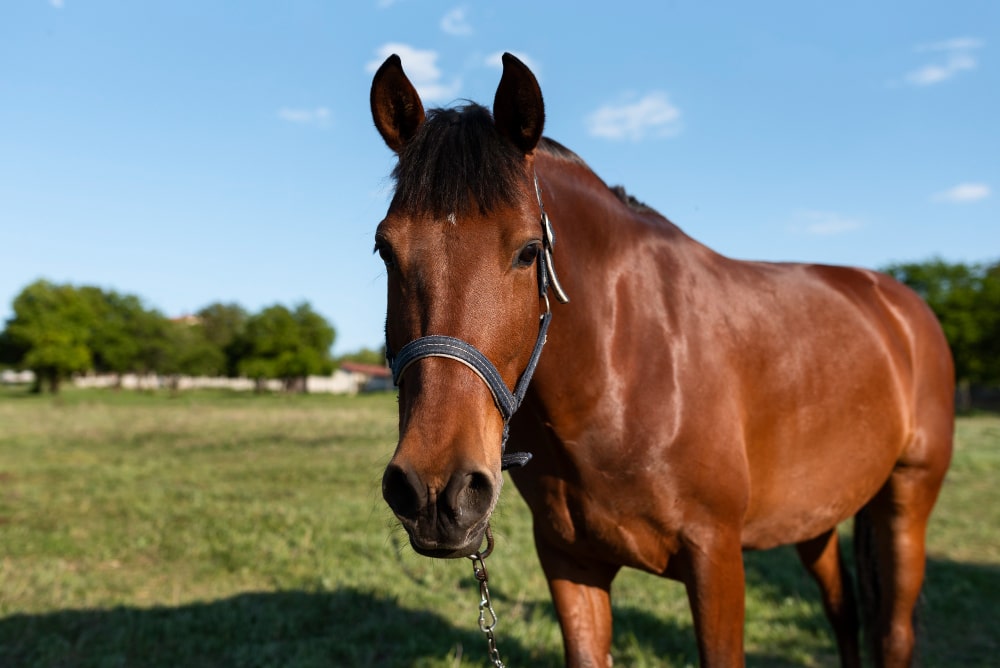
How To Keep Horses Off ...
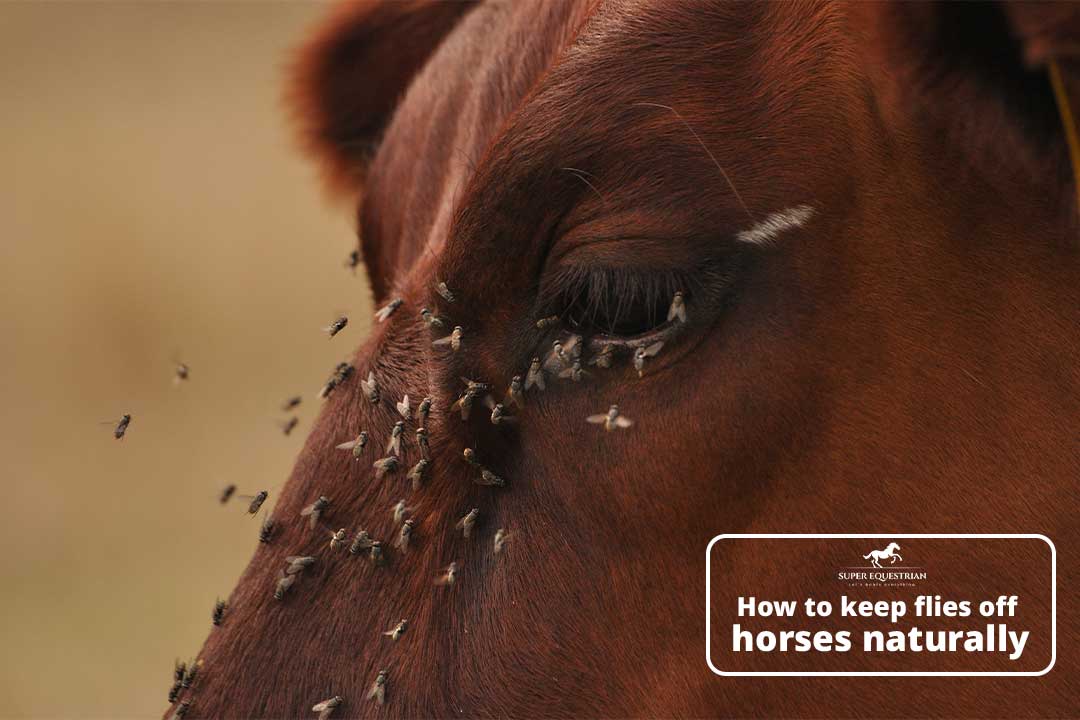
How to Keep Flies Off ...
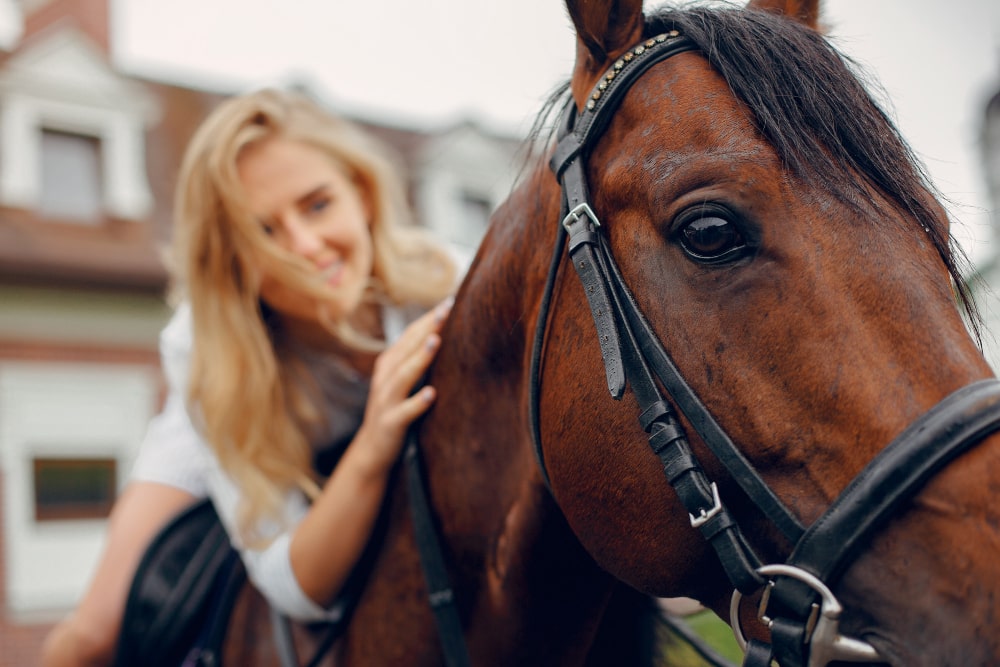
Pros and Cons Using A ...
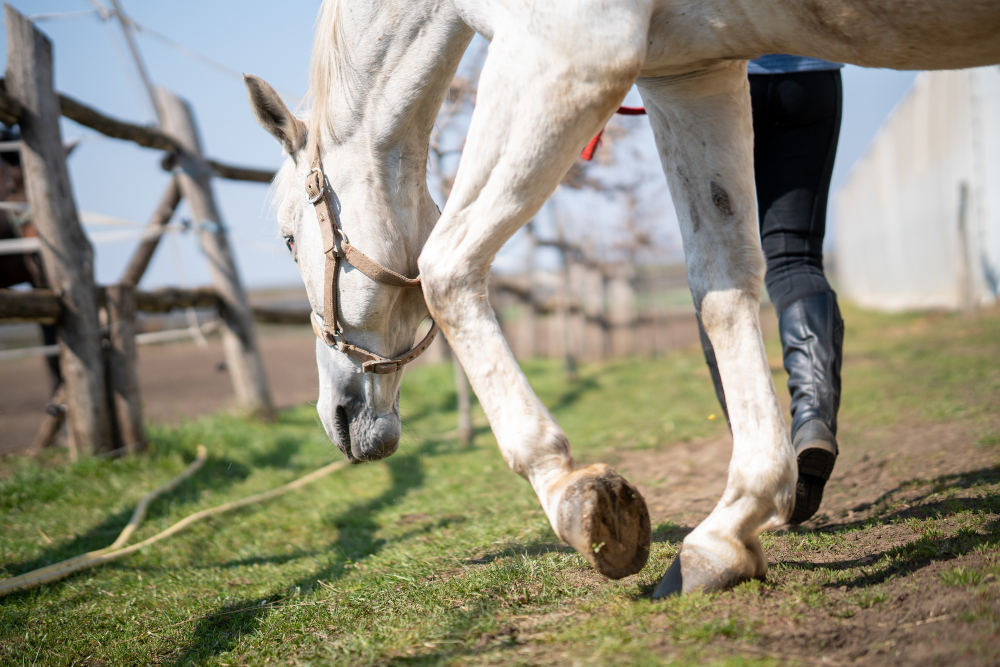
Can you ride a horse ...

Why are Corriente saddles so ...
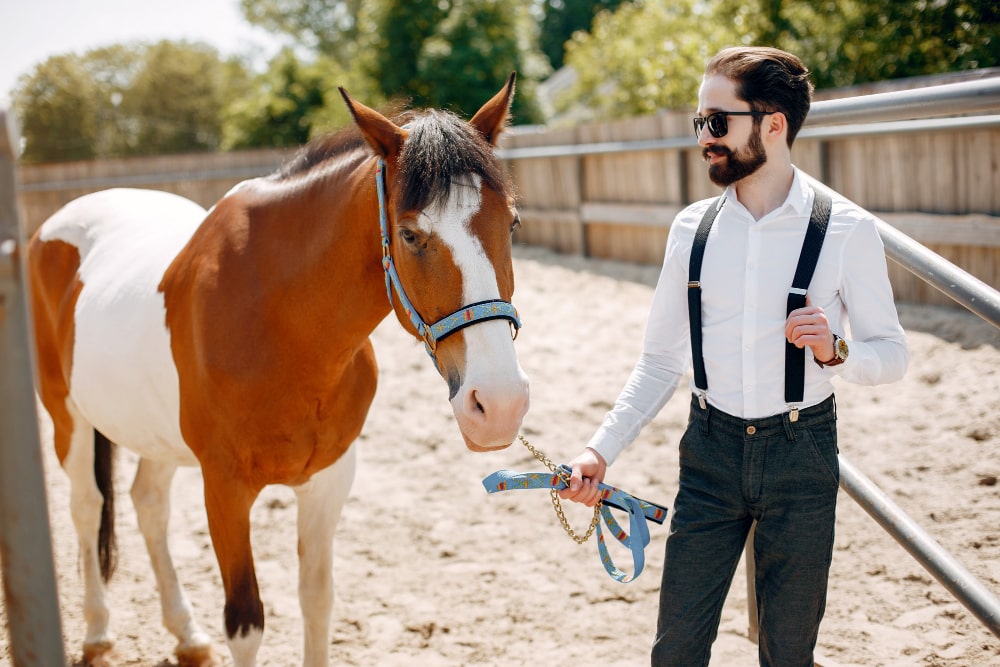
Pros and cons of equine ...
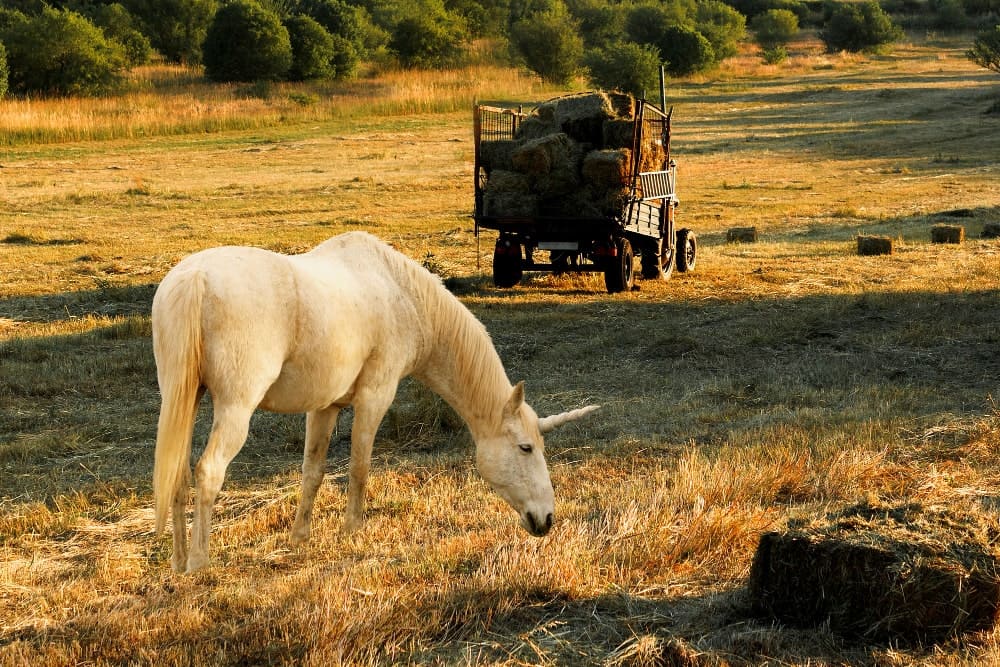
How Long After Mowing Can ...

How to Care for a ...
.jpg)
Why Do Horses Wear Blinders: ...
.jpg)
How to fit an exercise ...

Why is my horse bucking ...
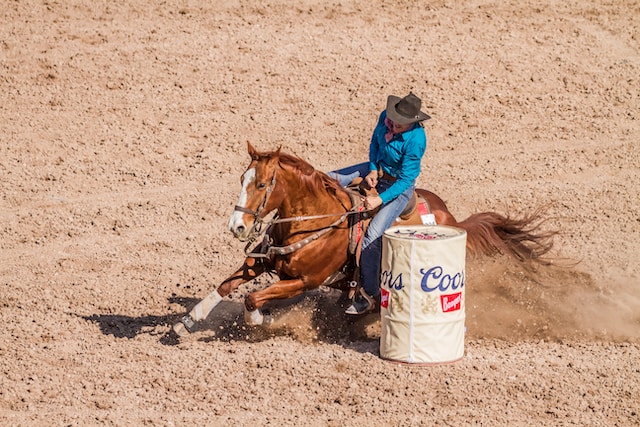
What causes a horse to ...

How to Stop a Horse ...
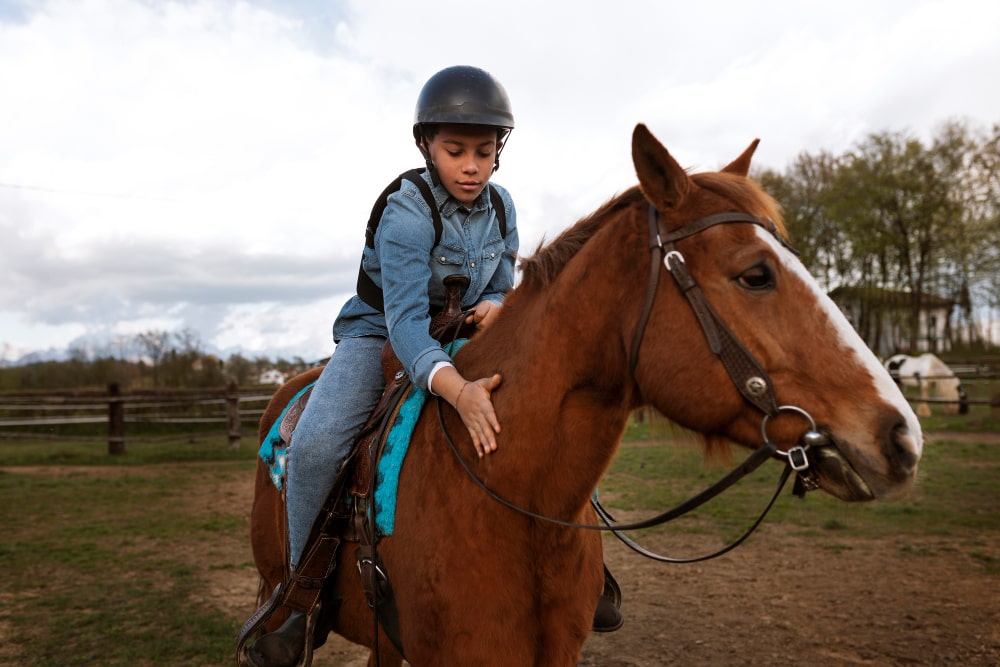
Why Is My Horse Bunny ...

How To Improve Pasture For ...
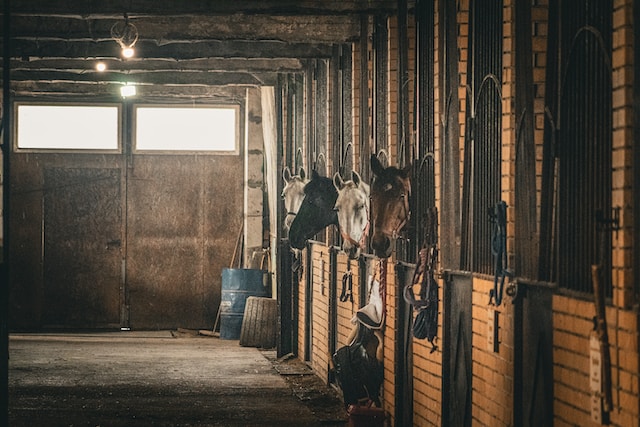
How to get the smell ...

Can you add ramp to ...

What Is The Temperament Of ...
.jpg)
Why Is Friesian Horse Hair ...
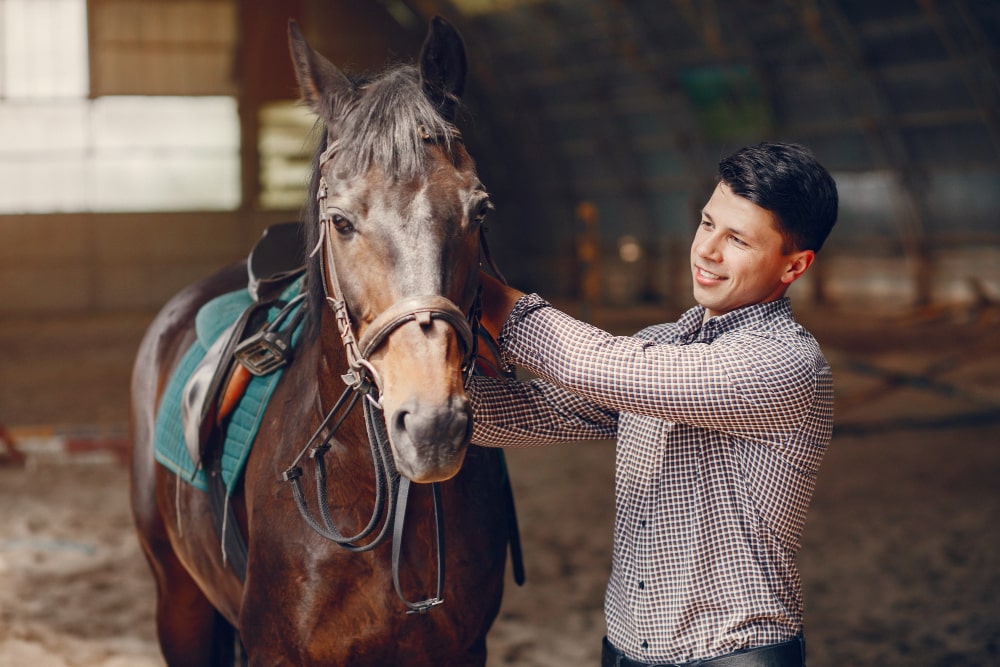
Why is my horse testing ...
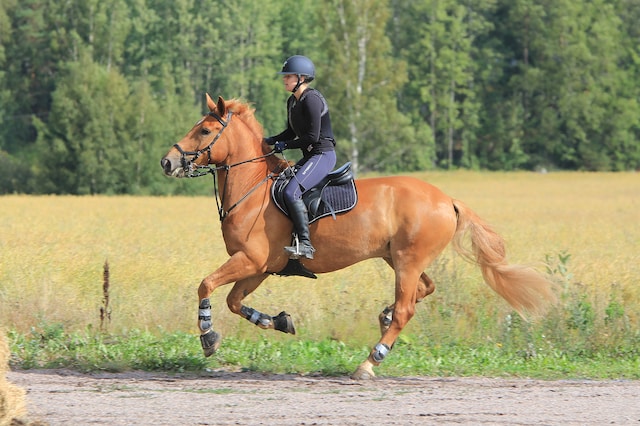
How often you should take ...
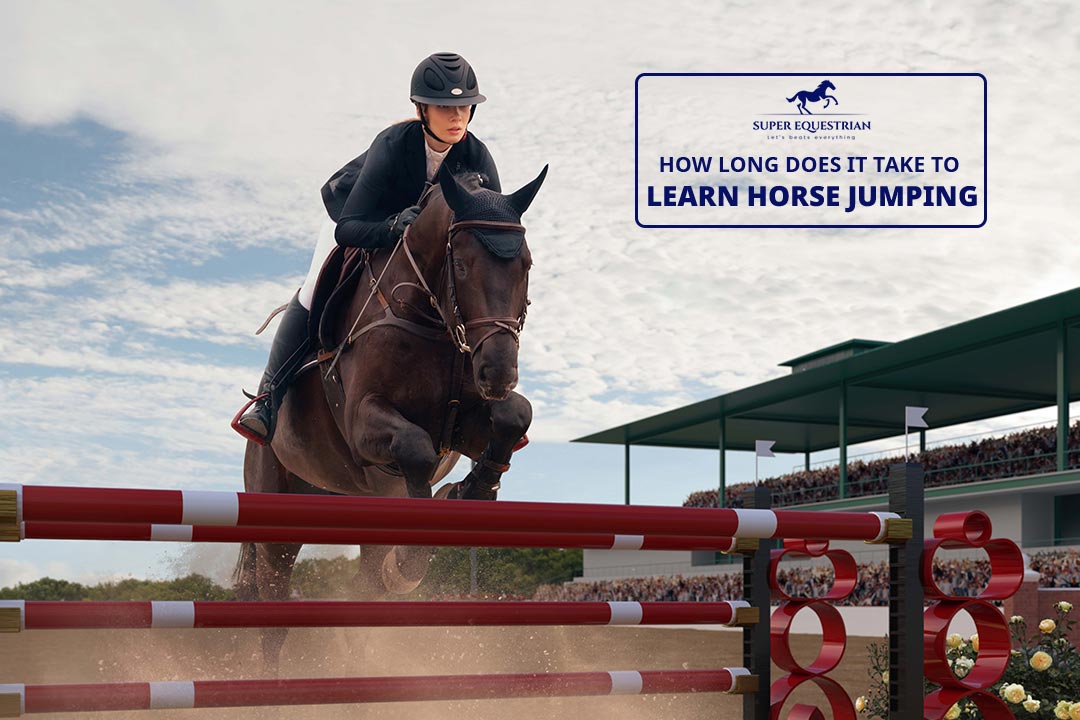
How long does it take ...
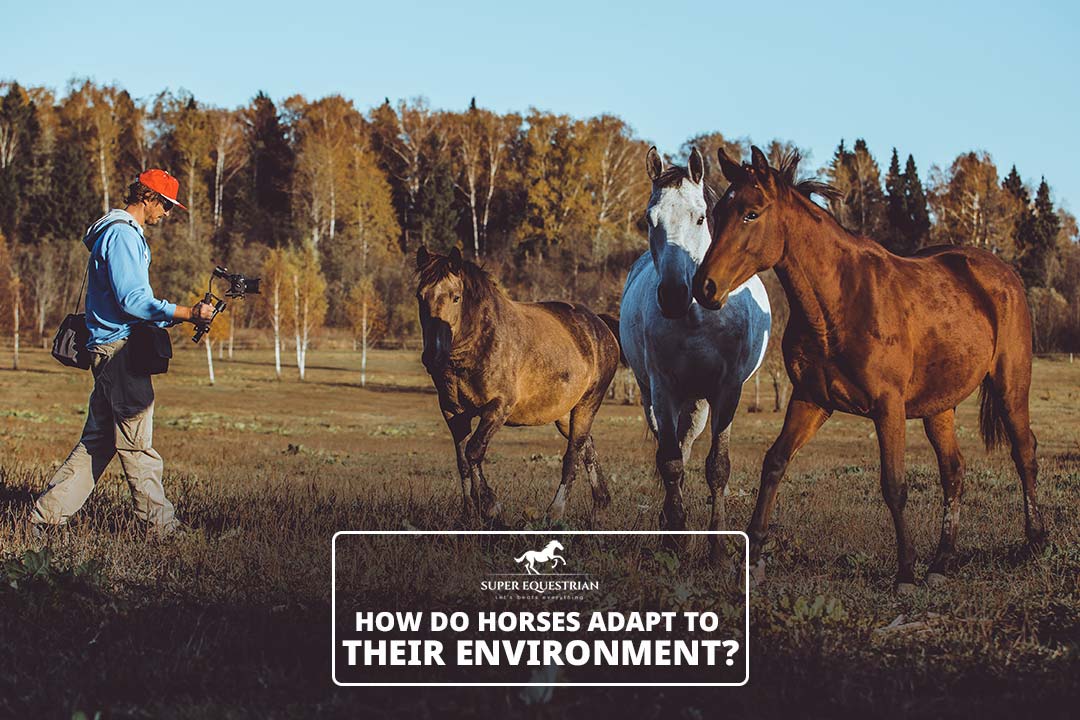
How do horses adapt to ...

How To Prepare For A ...
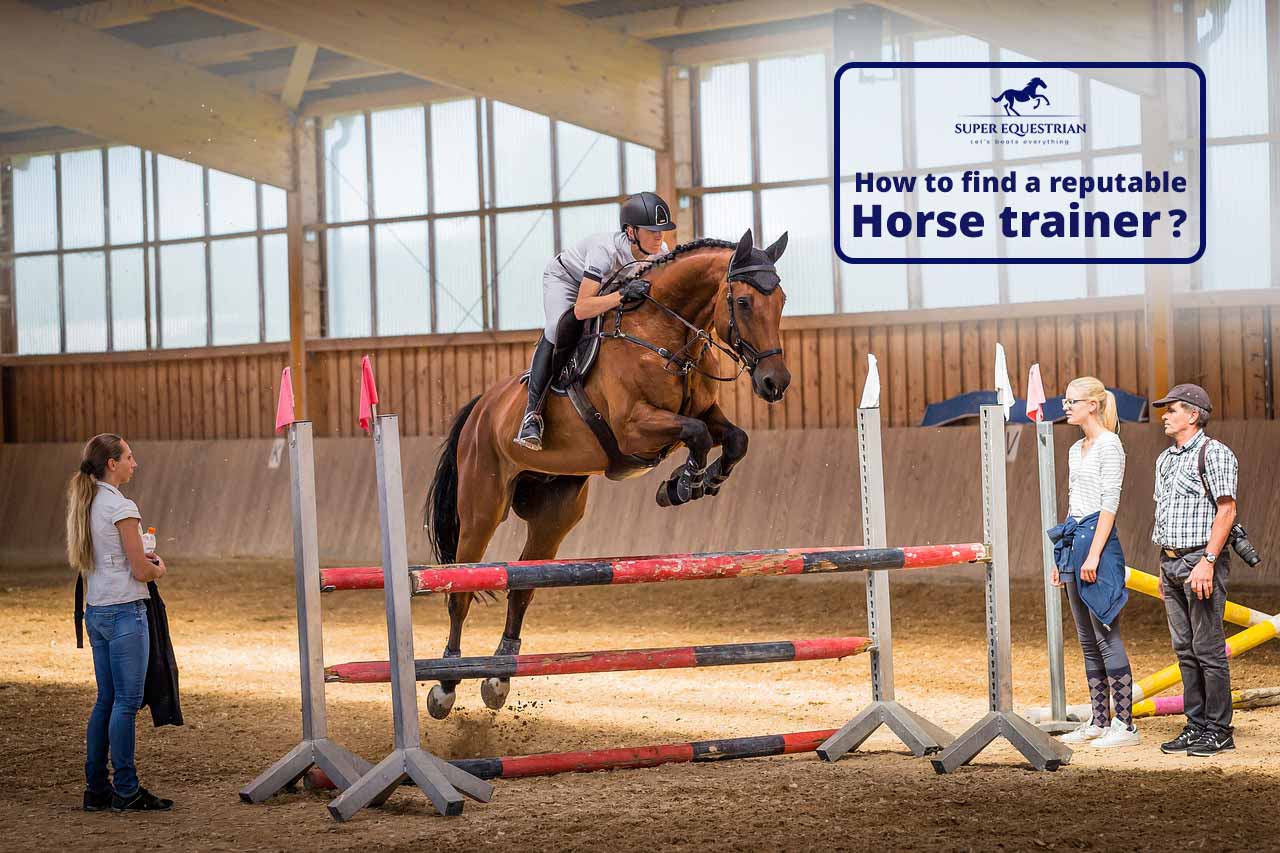
How To Find A Reputable ...
.jpg)
Do Horses Get Medals at ...

How to create a horse-...